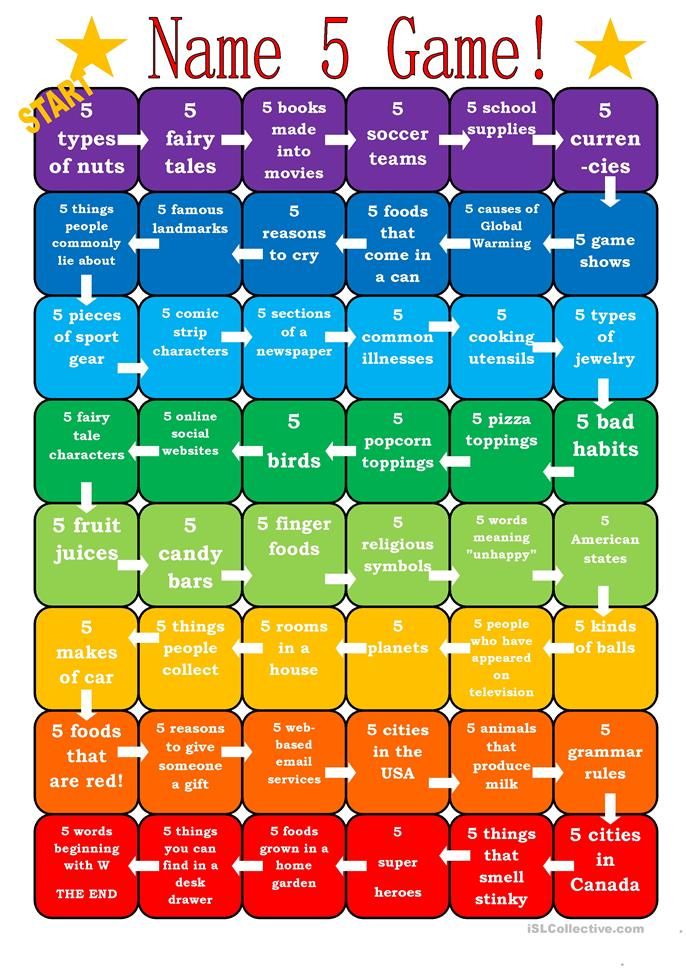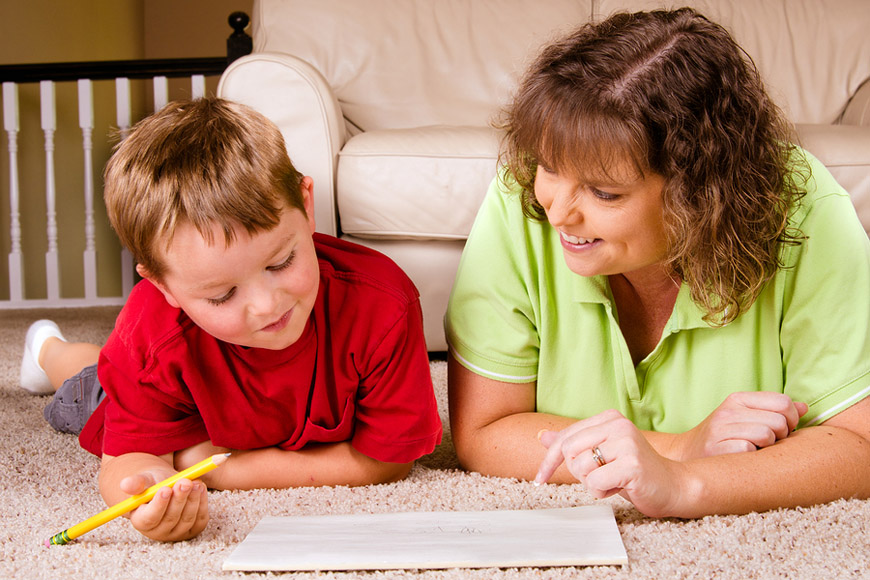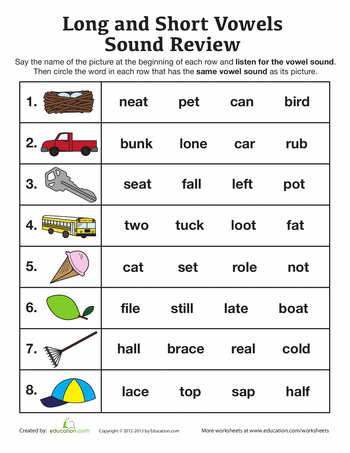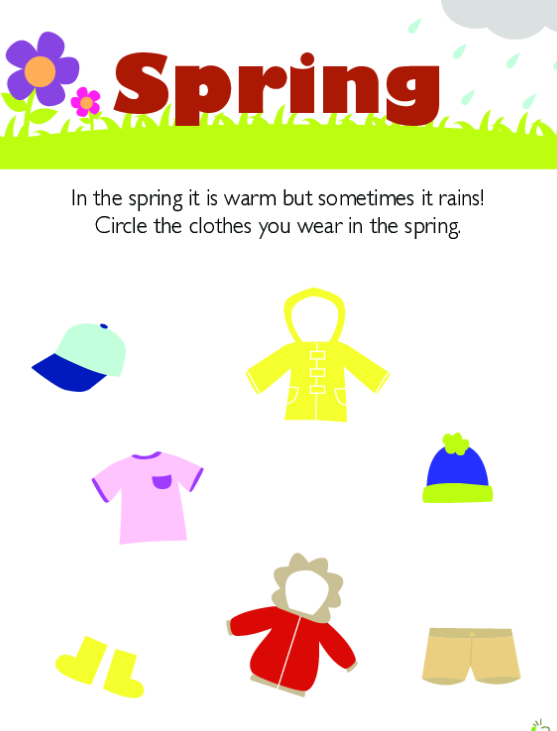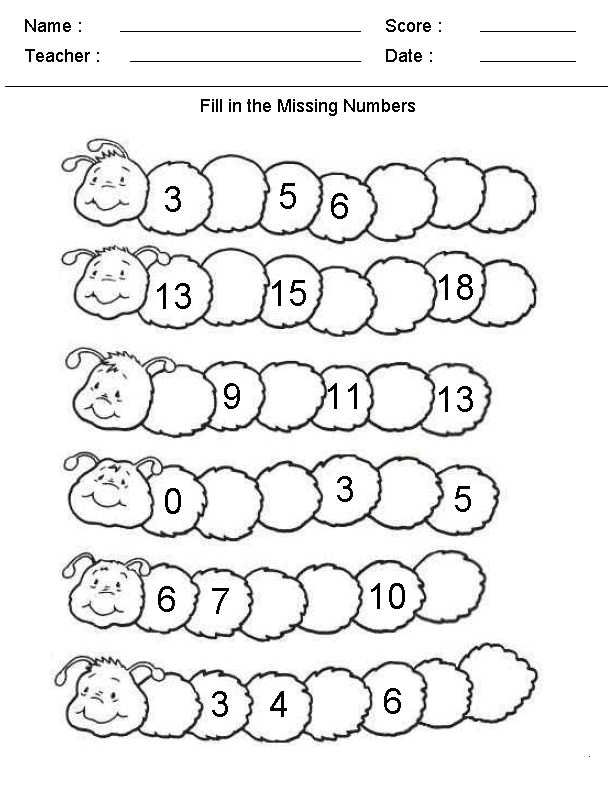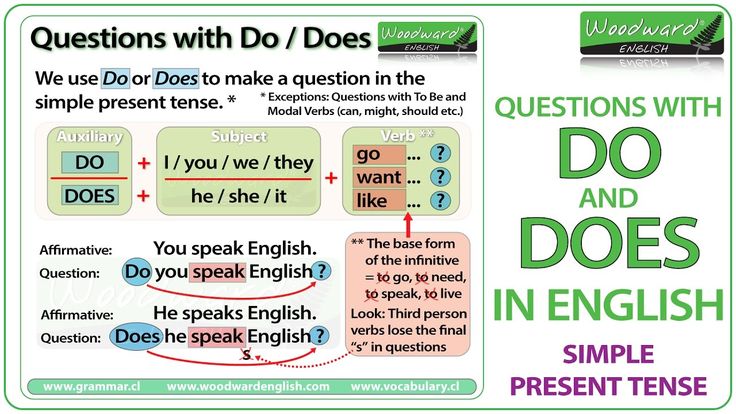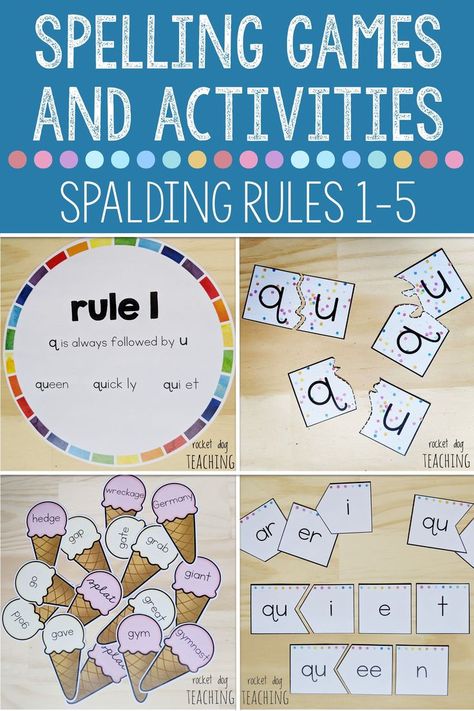Kids reading level
How To Determine Your Child’s Reading Level And Choose The Best Books
When you sit down to read a book, you want to enjoy the story in front of you. The same is true for your child. That’s why uncovering your child’s reading level is an important step in fostering their love of words from a young age!
Consider the different factors that allow kids to enjoy the books they read. For example, does it tie into their interests, and is it slated as an appropriate option for their level? By answering these questions, you can make sure they’re reading books that are just right for them!
If your child is in school, you’re probably no stranger to jargon like “reading level.” But what exactly does Lexile Framework, Guided Reading Levels (GRL), or Developmental Reading Assessment (DRA) actually mean?
Additionally, if your child is just starting to read on their own (or already reading independently) and is learning from home, how can you figure out what reading level is right for them? If any of these thoughts have crossed your mind, you’ve come to the right place.
We’re here to answer your questions so you and your child can sit down and enjoy a good book together!
What Is A Reading Level?
A reading level is simply a measure of your child’s ability to read text. It reflects how well your little one can read independently. Importantly, reading levels help you choose books that are a good match for your child while still presenting a challenge.
Keep in mind these levels are meant to be helpful, not stressful. They don’t limit your child, but, rather, help them blossom into a fluent, excited reader.
When your child reads books that are appropriate for their current reading level, it boosts their confidence so they can truly enjoy reading! Also, knowing what level your child is at allows you to work with them to improve their skills.
That being said, it’s important to remember that children are unique and develop differently. Comparing your child to their peers isn’t necessarily the best approach when trying to assess their reading ability.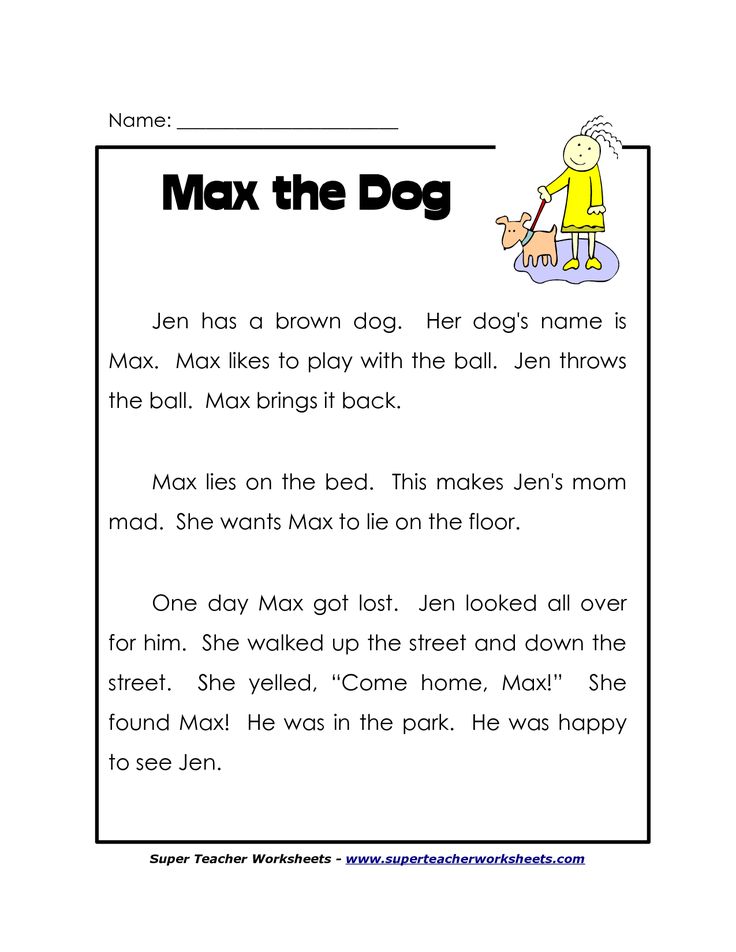
Why Is Determining Reading Level Important?
It’s helpful to determine your child’s reading level so you can find books that are appropriate for them to read on their own: not too difficult but challenging enough to encourage growth.
Reading level classification is a convenient tool you can use when searching online or at the library. And when you provide books that are on your child’s level, you create excitement and build their confidence, which can lead to a lifetime love of learning and reading!
If you’re looking for ways to help your little one read at the best level for them, Our new app HOMER Learn & Grow has a Stories section that gives age-appropriate story recommendations!
This is a great resource that takes your child’s specific interests and recommends stories just for them. What’s more, your child can choose to read along or read on their own.
How Is Your Child’s Reading Level Measured?
Your child’s reading level is usually measured at their school in first or second grade, and we’ll show you how that’s done. Here’s a tip: since your child’s teacher knows their reading level, consider asking the teacher (or the school librarian) for books your child can read at home.
Here’s a tip: since your child’s teacher knows their reading level, consider asking the teacher (or the school librarian) for books your child can read at home.
Don’t worry if your child isn’t in school yet or if they’re homeschooled. We’ll show you how you can measure their reading level at home, too!
Before we dive in, it’s important to note that we think of books for kids at three levels: independent reading, instructional reading, and frustrating to read.
As the names indicate, independent reading books are ones a child can read with ease and without support from an adult.
Instructional ones are the books just above independent that teachers might use to stretch a child’s reading as they offer support while the child makes that next step. Finally, frustrating books are too hard for a child to read even with adult guidance.
Now that you have an idea of how to think of the different books your child might encounter, let’s talk about the tools used for determining or describing reading levels.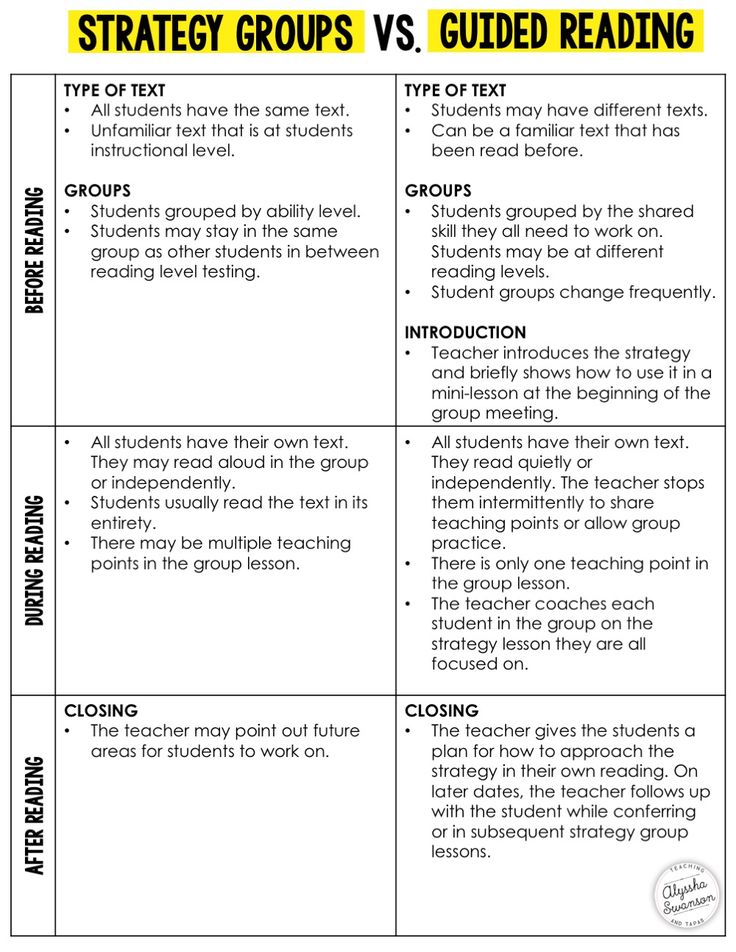
Lexile Framework For Reading
Lexile Framework For Reading is an educational tool that ranks books by order of their difficulty using a scale called a Lexile. Usually, your child’s teacher will determine their Lexile reading level and then choose books that have a matching score.
The Lexile score, or measure, describes your child’s reading ability and matches them with books and other reading materials. This measure ranges anywhere from 0L to 2000L.
Kids are encouraged to read within their Lexile “range” — 50L above to 100L below their actual level. For instance, if your little one is reading with a Lexile measure of 500L, they would read books ranging anywhere from 400L to 550L.
Using standardized assessments, schools will often measure a child’s reading level several times a year to help them select books that are appropriate for independent reading.
Guided Reading Levels (GRL)
GRL is a guided reading system used in some schools.
To determine reading levels using GRL, children sit one-on-one with their teacher and read from a book that’s considered standard for their grade level — a “benchmark” book.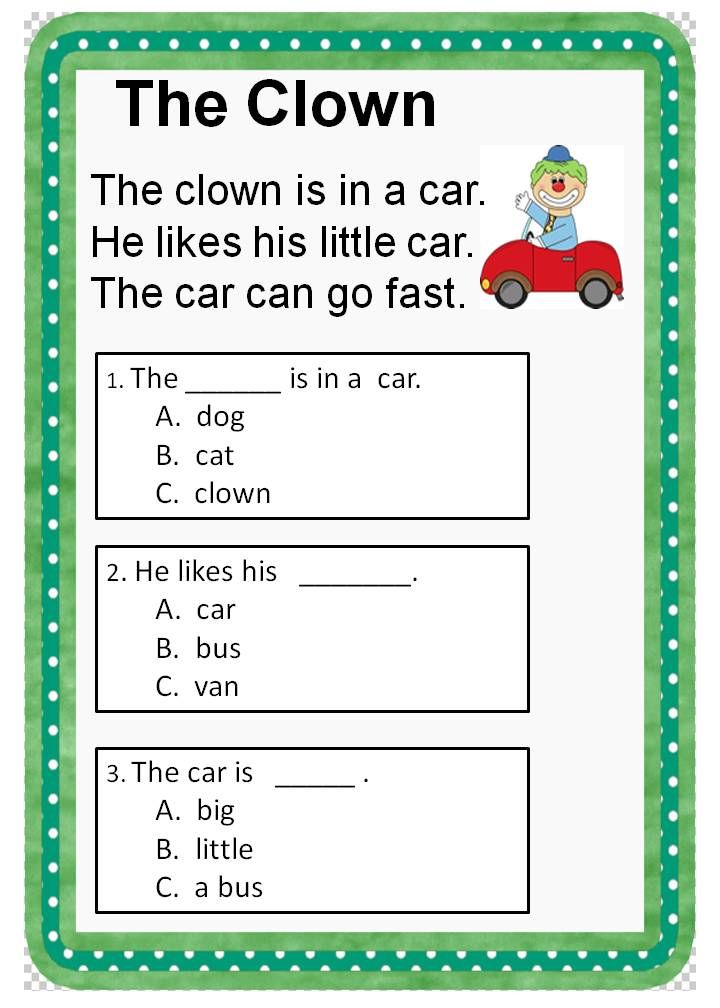 GRL books range from A to Z with A being the easiest.
GRL books range from A to Z with A being the easiest.
While reading these books, the teacher will take notes on any missed words and ask comprehension questions, such as, “When did the story take place?” or, “What was the problem in the story?”.
Through guided instruction, the teacher will gradually move children into more difficult books.
Developmental Reading Assessment (DRA)
DRA is a standardized reading test given by teachers or reading specialists. As with GRL, children sit individually with the test administrator and read a book.
Several factors are taken into consideration to determine reading level, including:
- Reading comprehension
- Phonemic awareness
- Fluency
DRA books are labeled with an A for the easiest books and then move into a numerical grading system. The levels range from 1 to 80 with 1-3 representing a kindergarten reading level and 80 representing an eighth-grade reading level.
Once a child has a DRA or a GRL level, a teacher or parent can search for the reading level of any particular book and can usually discover either the Lexile, DRA, or GRL of that particular text. Here’s a chart for your reference.
Here’s a chart for your reference.
At-Home Reading Levels
If you’re looking for a way to find out your child’s reading level without using any of the methods listed above, you might try the five-finger rule.
For the five-finger rule, choose a book and flip to any page. If your child seems to have trouble reading more than five words on the page, it’s a good indicator that the book is too advanced for them.
To be sure, though, you can have your child try another page, especially if they seem eager to read a particular book.
This can be a helpful strategy, but it’s OK to let your child try a book and see how the reading goes. If a book is too hard, most kids will figure that out — and there is nothing wrong with reading books that are too easy!
Sometimes a child may be interested in a book that’s a little too hard for them. If this happens, we encourage you to read aloud to your child. You can also read together by alternating pages, paragraphs, or sentences.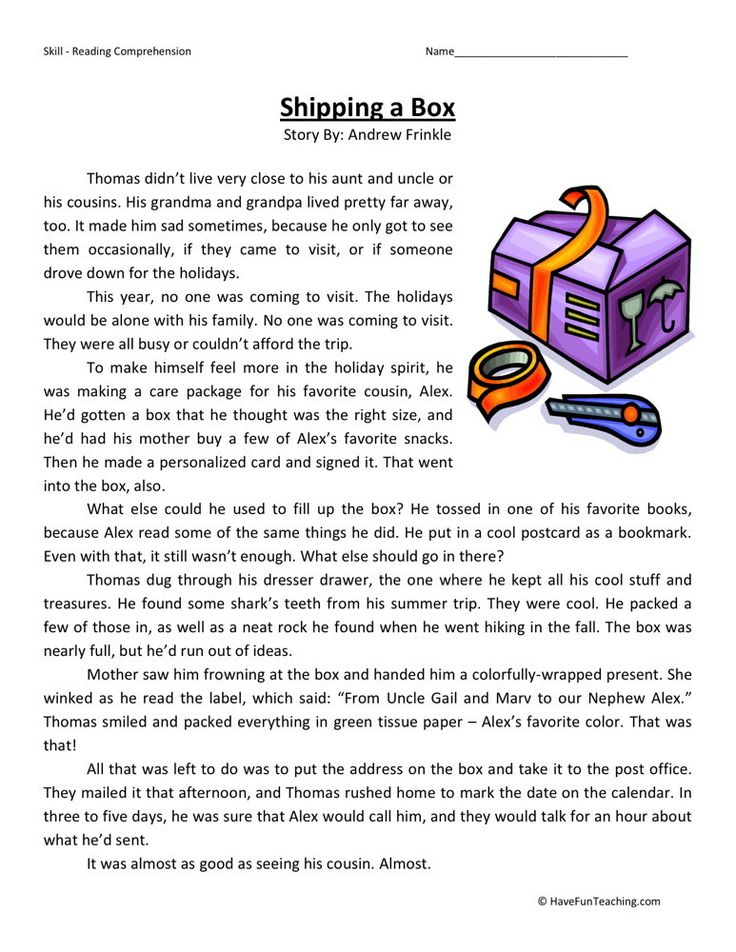
It’s important not to completely avoid books that may be a little above your child’s reading level.
Even if your child struggles a bit to read them without assistance, these books can still be beneficial in helping build their vocabulary, improve comprehension, and increase general knowledge — not to mention, encourage their love of reading!
When your emerging reader seems overwhelmed by one book, you can always give the five-finger rule a try with other books until you find the right match. And if your child is particularly interested in a topic, you can always read the book to them and stop on words you know they can read.
Also remember that when a child is really enjoying a book and highly motivated to read it, they will read at a higher level than if the material is not as interesting to them.
Tip: Most libraries and bookstores have books arranged by reading level so you can easily choose the best one for your emerging reader!
Feel free to ask librarians and knowledgeable staff at bookstores to offer suggestions.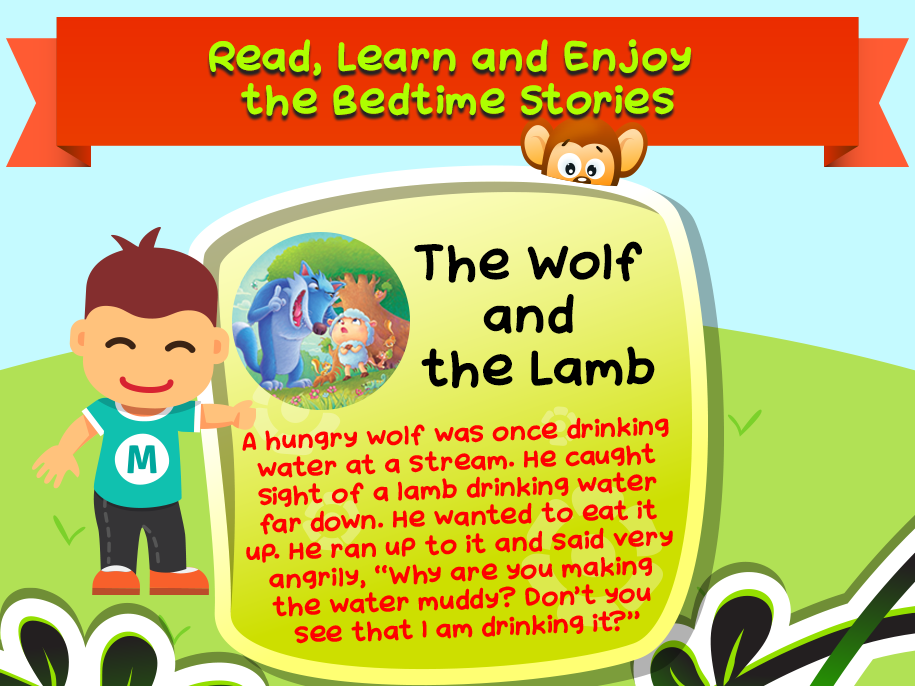 You could even say something like, “My child happily read a Clifford book; can you suggest others at the same level?”
You could even say something like, “My child happily read a Clifford book; can you suggest others at the same level?”
How To Help Your Child Become A Stronger Reader
As we mentioned earlier, you can easily determine your child’s reading level at home so that you can help them choose books that are just right! We suggest incorporating some of the tips below to help your child become a stronger reader.
Start With Clues
- Is your child using “sounding out” techniques to figure out unknown words?
- When your child reads, are they getting tripped up by sight words — common words that are hard to sound out?
- Is your child using pictures to help them understand what is written on the page?
- Is your child using context clues to figure out what word makes sense to come next as they read sentences?
Check Vocabulary
- Play games with your child to see what words they know. For example, say a sentence and point out one word in the sentence.
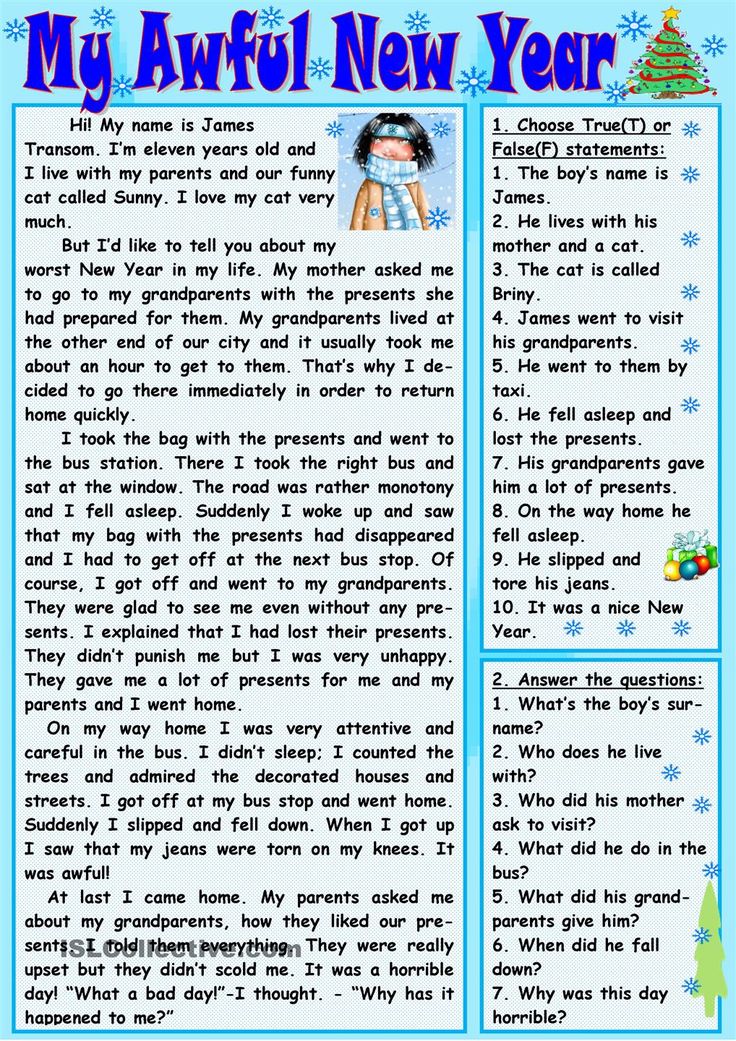 Then ask them if they can come up with a different word (synonym).
Then ask them if they can come up with a different word (synonym). - Play synonym games to see what words your child knows. For example, challenge yourselves to think of 10 or more ways to describe speaking (shout, whisper, mumble).
While you’re talking with your child, describe something specific from your day. Make sure to use interesting adjectives, and don’t hold back from using sophisticated vocabulary when talking with your child.
You can help your child’s vocabulary grow through day-to-day conversations and activities!
Ask Comprehension Questions
Understanding what they read is an important part of your child’s reading journey.
- To check for reading comprehension, we suggest pausing every other page to talk about what you’ve just read. Make this a natural reaction to the story, like you’re thinking aloud about the story or characters, so that it doesn’t feel like a test.
- Consider encouraging your child to act out and retell the story (for younger children).
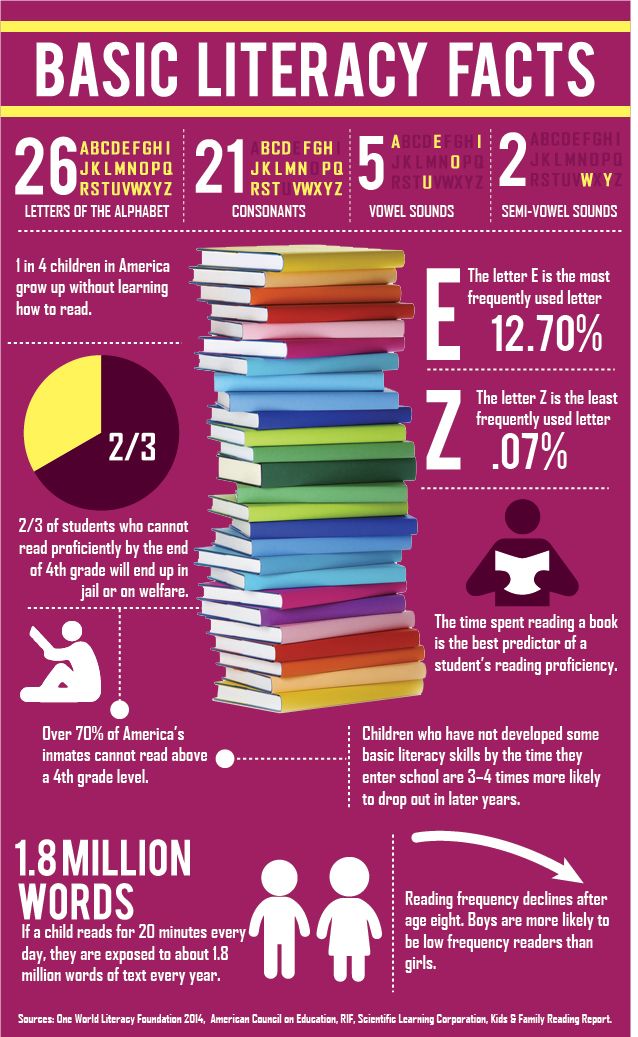
- Try discussing themes/lessons with your child (for older children). Remember: this isn’t a test, but a conversation between book lovers!
Talk To Your Child
When most people implement strategies to help their children improve their reading skills, they often forget about the importance of verbal communication. It’s essential to talk to your child frequently in short and simple sentences.
This includes singing songs, telling them wonderful stories, reciting fun nursery rhymes, and describing the world around them. All of this exposes children to lots of different words. It also helps them learn that language is a powerful tool for communication.
Discover Your Child’s Favorite Books
- Children often choose books that are a little below their actual reading level. At home, this is a good thing. It keeps reading fun and exciting!
- We recommend choosing books that interest your child — with a certain character or activity they like — so they’re curious and excited about reading.
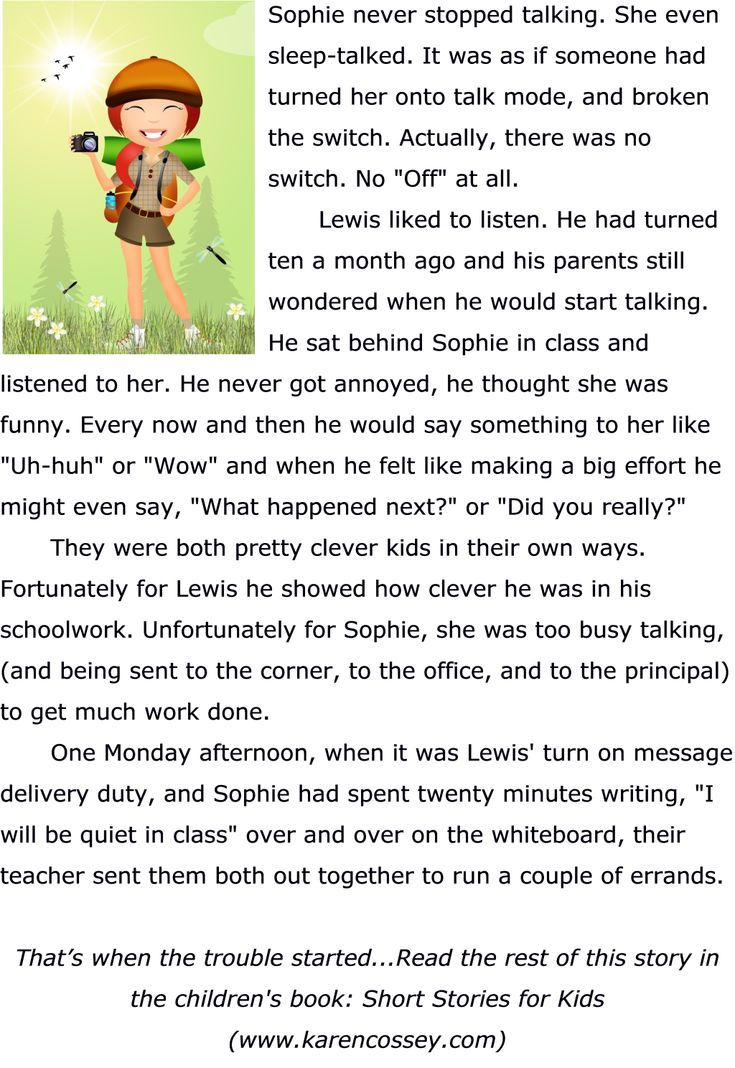
Reading books your child enjoys together can encourage their love of reading. And letting them read those same books to you can boost their confidence over time.
Together, these two activities increase your child’s fluency and reading enjoyment!
Create A Reading Corner
Establishing a reading corner in your house can benefit your child. The setup doesn’t need to be elaborate. This can be a simple, quiet, private area where your child can confidently read independently or with you.
It’s also great for the spot to be well-lit and filled with lots of books your child enjoys reading.
Is Reading The Same Book Over And Over OK?
Just like you might pick up an old favorite book to read, your child may do the same, and that’s OK! At least you know they’re enjoying a good book and the process of reading!
Rereading books can have many benefits for a child, including:
It allows children to get more from the text. Have you ever developed a deeper understanding of a story after rereading it? That’s because the more you engage with a story, the more you can take away from it.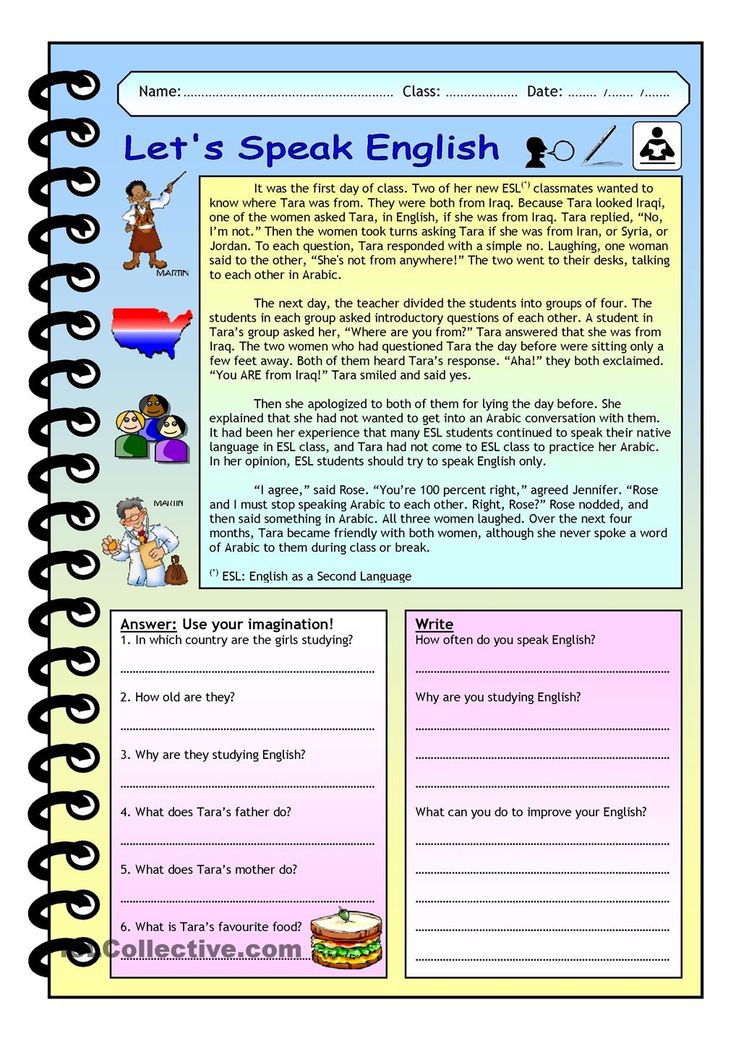
You can pick up on new information, establish connections between yourself and some of the characters, and even improve your understanding of the overall story.
Similarly, allowing your child to read their favorite books for the second, third, fourth (or more) time will enable them to get more from the story.
It also allows for bonding. Did you know that rereading books can help bring your family closer together?
Many of us remember a couple of books that our family read together regularly. This can be a holiday book or a favorite story. Rereading is a great way to get the whole family involved, as everyone can take turns reading and connecting on the same story.
What’s more, reading familiar books can actually help develop a young reader’s fluency. It allows them to learn the words and helps them become familiar with narrative structure or storylines (i.e. beginning, middle, and end), which builds reading comprehension later on.
So feel free to let your child choose the same book over and over!
FAQs About Reading Levels
What Reading Level Should My Child Be In Each Grade?
It’s challenging to answer this question because each child is different and will naturally develop at their own pace. For example, just because your child’s friend has started reading fluently doesn’t mean your child will be able to do that yet.
For example, just because your child’s friend has started reading fluently doesn’t mean your child will be able to do that yet.
While no parent wants their own child to be a little behind compared to their peers, putting too much pressure on them to “catch up” might actually have an adverse effect. In fact, they might feel overwhelmed by the pressure and develop a negative attitude toward reading.
It’s also important to note that there’s no direct link between a certain Lexile measure and a specific grade level. When using any of the reading level measures we mentioned, remember that they are an estimate of a child’s performance and shouldn’t be interpreted literally.
Also, if you’re really concerned about your young learner’s development, you can always address those concerns with their teacher or another professional. They can offer tips and advice on how to best work with your child.
Finally, remember to be patient and positive no matter what. With lots of time and effort, your child will develop a lifetime love of reading!
Who Can Help Me Choose Books That Match My Child’s Reading Level?
The best place to start is to consult your child’s teacher.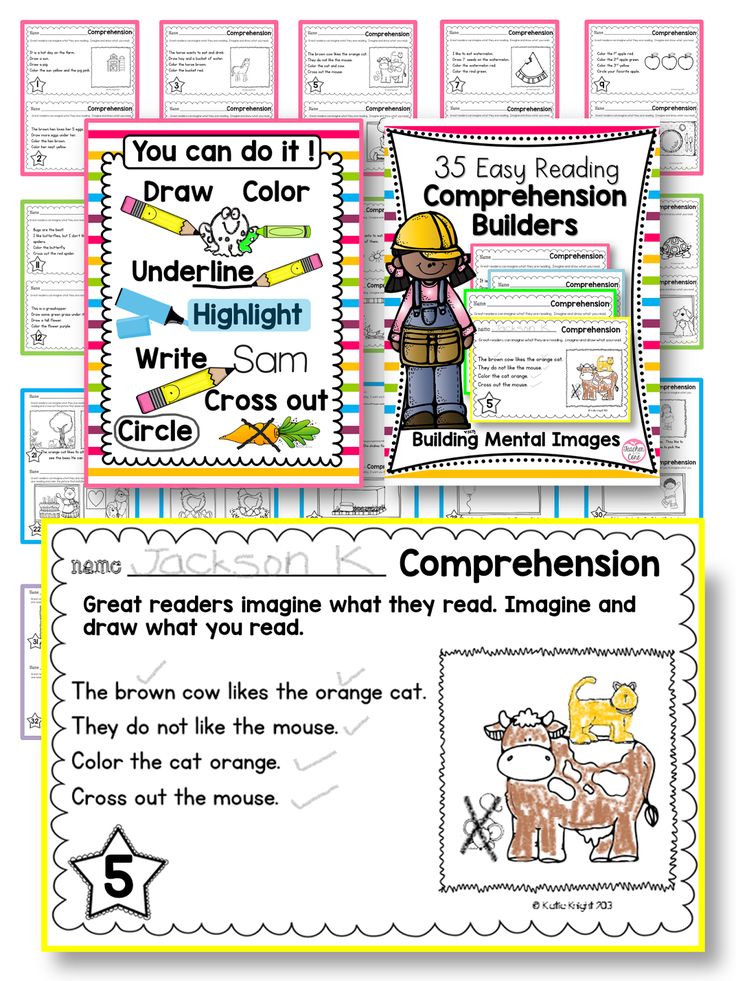 They will have the expertise to guide you in buying the right books for your child.
They will have the expertise to guide you in buying the right books for your child.
It’s also possible for you to look up most books online and find their reading levels. Furthermore, for beginner readers, there are publishers who label books in stages with age and/or grade suggestions attached.
If you’re homeschooling, you can also reach out to your local librarian or bookstores. As people who spend each day surrounded by books, they often have knowledge on this topic and may be able to recommend a few relevant books in your child’s reading level.
What If My Child Is Reading At A Lower Level?
The last thing a parent wants to hear is that their child’s reading level isn’t on par with their peers. But what can you do if, from the assessment used at your child’s school, you find out that your young learner is reading below the average grade level?
Firstly, it’s important not to panic. As mentioned earlier, kids develop reading skills at different stages of their development.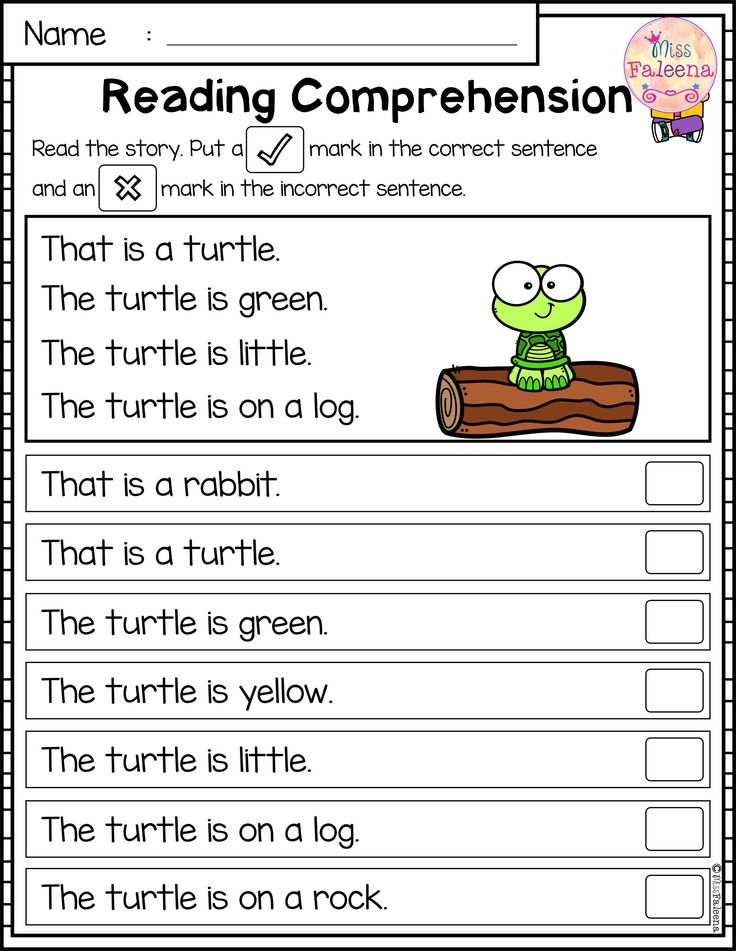 Some children might be early readers, while others may take time to get there.
Some children might be early readers, while others may take time to get there.
The most effective way to help your child improve their reading level is by continuing to encourage reading at home. While reading, remember to discuss the content to ensure comprehension.
Reading For Fun
From assessments to the five-finger rule, determining reading levels varies across the board. No matter which method you choose, remember these measurements are meant to be helpful and encouraging, not stressful and limiting.
Keep this in mind when assessing your young learner. You don’t want your child to sense any stress about their abilities, as this might overwhelm them and have an adverse effect on how they view reading.
While reading is an essential early learning (and lifelong) skill, you want your child to LOVE reading and not only view it as a test of their intelligence.
At the end of the day, the way reading makes your child feel is more important than their reading level.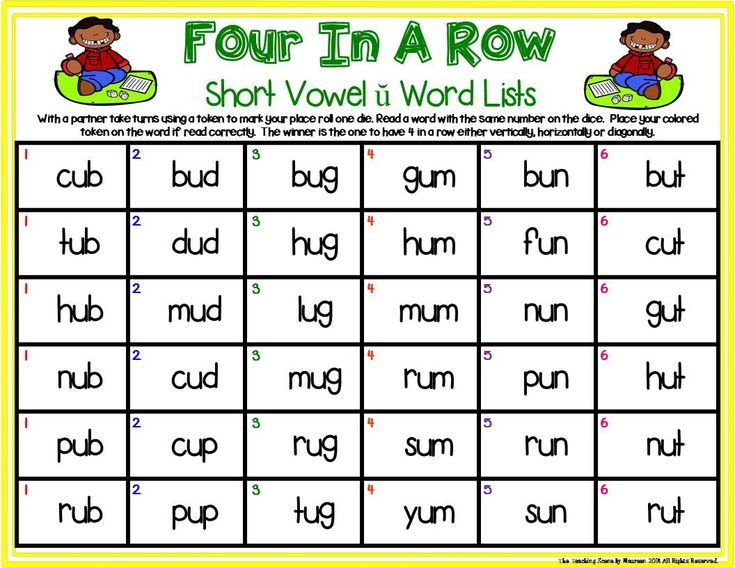 Each child learns in a way that’s special and unique to them.
Each child learns in a way that’s special and unique to them.
The HOMER Road To Reading
The road to discovering how to read can be a fun ride, but sometimes it’s bumpy. This is why we’re more than a learning program. We’re your learning partner.
If you’re looking for a resource to help develop your child’s love of reading and learning, consider taking a look at the HOMER Learn & Grow app. It’s full of stories curated based on your child’s interests!
When your child develops a love for reading, they’ll move up to the next level before you can say “Developmental Reading Assessment”!
Author
How To Identify Your Children's Reading Levels + Which Books to Read
Want to know how to get your kids excited about reading? It starts with choosing appropriate books for their level. Here’s what you need to know about how to identify reading levels for kids!
How to Identify a Child’s Reading Level & Which Books Are Best for Each Reading LevelAre you looking for someone to explain reading levels in plain English?
Like, how you identify your child’s reading level and what they mean from the schools?
Some systems grade with numbers, while others are letters and scores.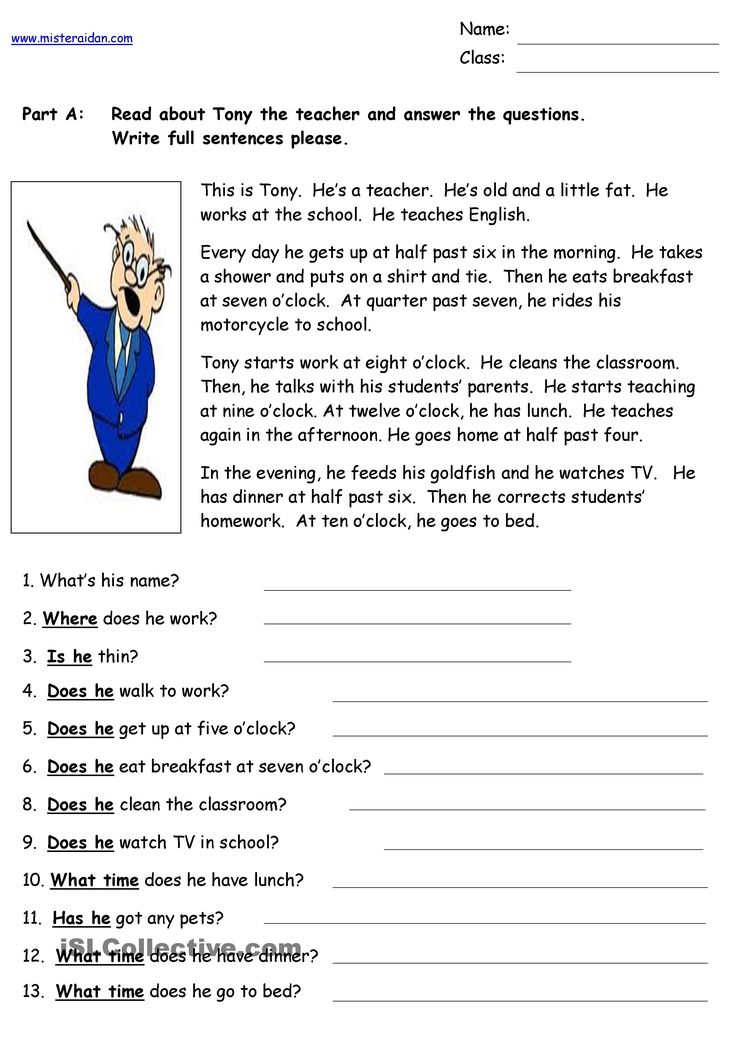 It’s no wonder it’s confusing.
It’s no wonder it’s confusing.
I struggled with this too. I wanted to get my kids books that they could easily read but I didn’t understand what the levels meant and how to choose a book based on those. After lots of research and trial and error, I’ve finally cracked the code(s).
I’m here to answer all your questions so you can feel confident in understanding your child’s reading abilities and can continue to help them grow as readers.
By the time you are done reading this you will understand:
- What leveled reading is and why it’s used
- The 4 major reading level systems
- How you can identify your children’s reading levels
- What level your child should be at based on their age and grade
- And how to help them choose an appropriately leveled book that nurtures their love of reading
Let’s demystify these systems and help you gain confidence in helping your child improve their reading skills.
What is leveled reading and why is it used?
Reading is a skill that is developed over time. As your child is learning to read they need reading material that they can decode to help gain confidence in their reading skills.
As your child is learning to read they need reading material that they can decode to help gain confidence in their reading skills.
This is where leveled reading comes into play. Leveled reading breaks down how difficult a particular book is and where a child’s reading ability is. This way they are given books and individualized reading instruction that help them become better readers.
While reading levels can indicate if a child is below grade level, on grade level, or above grade level, the most important job these levels provide is to help a teacher develop a good strategy and plan to improve that child’s reading skills.
I think the biggest takeaway is that your child’s reading level does not determine their intelligence or even how successful they will be in school. Instead, reading levels help teachers and homeschooling parents determine the best strategies to help your child succeed.
How to Identify Your Children’s Reading Levels
Most children who attend school sit down one on one with their teacher multiple times a year so that the teacher can identify your child’s reading level.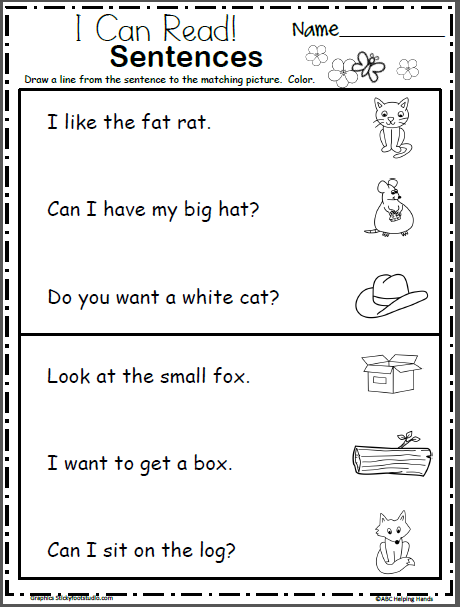 The teacher has the child read books from gradually increasing reading levels.
The teacher has the child read books from gradually increasing reading levels.
While the child is reading, the teacher takes into account how fluently and accurately the child reads, as well as their comprehension level.
To put it another way:
- Fluency means the child reads the text without many mistakes and can read it fluidly.
- Comprehension is how much the child is understanding from what they are reading.
A child who reads a book very fluently, without mistakes, can still not truly grasp what that book was about.
That lack of comprehension means that the book contains ideas, sentence structure, or vocabulary that is too difficult for them to understand and decipher. They would do better and enjoy reading more at a lower reading level.
How can you identify your child’s reading level at home?
Some websites advise parents to do an unofficial reading level assessment at home by making a running record.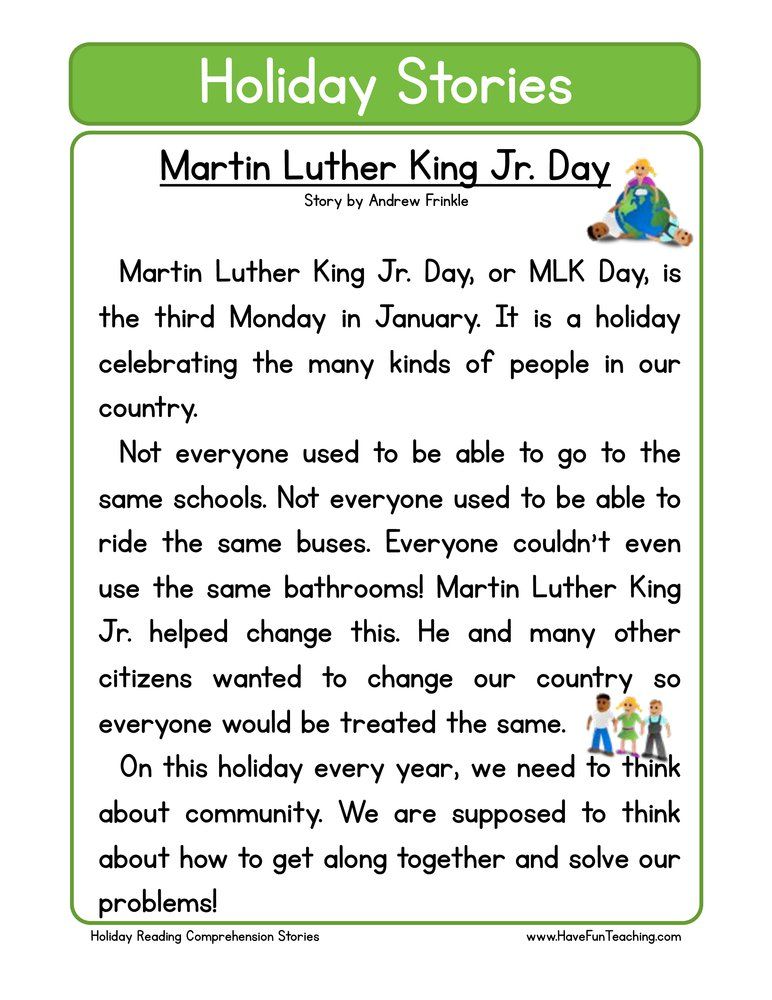 But I don’t think a running record is necessary at home. It’s overly complicated to just get an idea of your child’s reading skills.
But I don’t think a running record is necessary at home. It’s overly complicated to just get an idea of your child’s reading skills.
A running record is basically making a copy of the page that your child is going to read and mark down anywhere your child makes a mistake. A teacher would use this to identify particular reading struggles to give them a more complete picture of the child’s reading abilities.
Instead, what I suggest is choosing a variety of books that hover right around their level. Choose books that are slightly below what you perceive your child’s reading level to be. Also, pick out books on their level as well as one or two steps above their reading level. This way they have material they can easily master as well as books that will challenge them.
I found this really great list at Scholastic that outlines books based on Guided Reading Levels (I’ll get more in-depth about the different reading level systems in just a minute).
Here is a list of my favorite books to use to gauge and practice reading levels at home:
- A-C – Bob Beginner Books 1 (you can’t beat them),
- D-F – David Board Books (Level D), Go, Dog, Go (Level E and a classic we all may remember from our own childhood), Pete the Cat: Too Cool for School (Level F)
- G-I – Biscuit book series (Level G), Big Shark, Little Shark (Level I), Elephant & Piggie series by Mo Willems
- J-M – Fly Guy series (level J), Pinkalicious Series (level K), The Book with No Pictures (level L), The Day the Crayons Quit (level M)
- N-P – Stellaluna (level N), Nancy Clancy series (level O), Horton Hears a Who! (Level P)
- R-S – Shiloh (Level R), Matilda (Level S)
- T-V – How to Train your Dragon (Level T), Bud, Not Buddy (Level U), Holes (Level V)
- W-Y – Walk Two Moons (Level W), The Little Prince (Guided Level X), Echo (Level Y)
In the Bob Books, your child should read a couple of the books as they progressively get more challenging. In other early reader short books, your child can either read the entire book or read a few pages.
In other early reader short books, your child can either read the entire book or read a few pages.
For longer books, one page is usually enough to get an idea if your child is mastering fluency and comprehension.
To gauge fluency, keep a simple tally count of mistakes as they are reading and notice if they are able to read with inflection and emotion. I keep track of mistakes by putting a clipboard on my lap under the table and making a small dot for each mistake. I make sure to do this completely out of the view of my child. The reason is simple: I don’t want them shutting down or losing the joy of reading simply because they see me marking mistakes.
Remember, the goal is to build a love for reading!
To evaluate their comprehension, you should pre-read the selection you are giving your child and have some ideas of a few questions you can ask them once they finish reading the selection.
When they get to a point that they are challenged but still comprehending with good fluency, you have found their approximate reading level.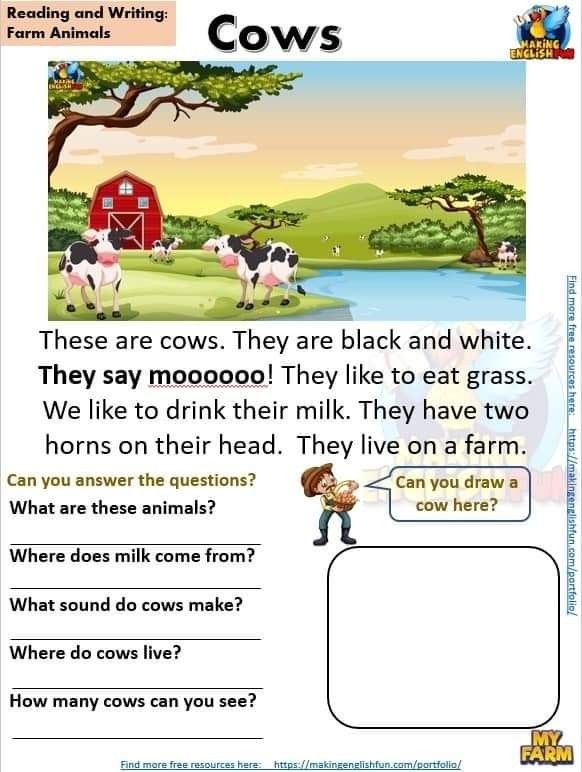
At home, they should have access to books that are one or two levels below their reading level. This builds confidence for budding readers.
The 4 Major Reading Level Systems
As if this whole reading level thing wasn’t confusing enough, there isn’t just one reading level system. In fact, there are 4 major reading level systems, which different school districts use.
The 4 major reading level systems are guided reading level, accelerated reader, developmental reading assessment, and Lexile measurement levels.
Let’s break these different systems down so you can understand the one that your child’s school uses, or one that you may want to adopt to track your child’s progress.
Guided Level ReadingThis is the system that I used to make the list of books for you to do your home reading assessment above.
It is also one of the most popular systems through school districts. So it only makes sense to go over it first.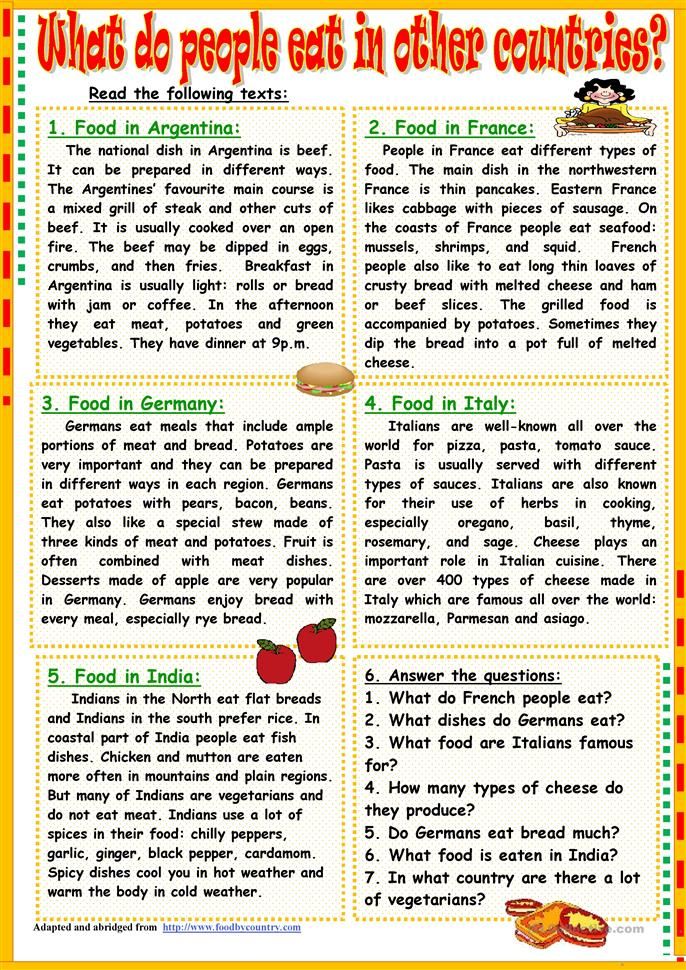
Guided Level Reading was developed by Irene Fountas and Gay Su Pinnell. It uses an alphabet system of dividing books into appropriate levels. Level A are the easiest books and they get progressively more challenging until you reach the most difficult books at Level Z.
For each grade level, there are multiple different reading levels so that as your child progresses they can get gradually more challenging books.
Children are tested on level by reading a benchmark book. That means a book that they have never read before is what you can use to determine their fluency and comprehension. The list of books I gave you above would be examples of benchmark books.
This system is popular because it gives a clear vision of where the child is with their reading skills but it isn’t as obvious to the child whether they are ahead, behind or on target with their peers. So it can be better for the child’s confidence and can reduce bullying or comparison.
This is by far my favorite system because once you know what letters correspond to which grade, it is very easy to understand.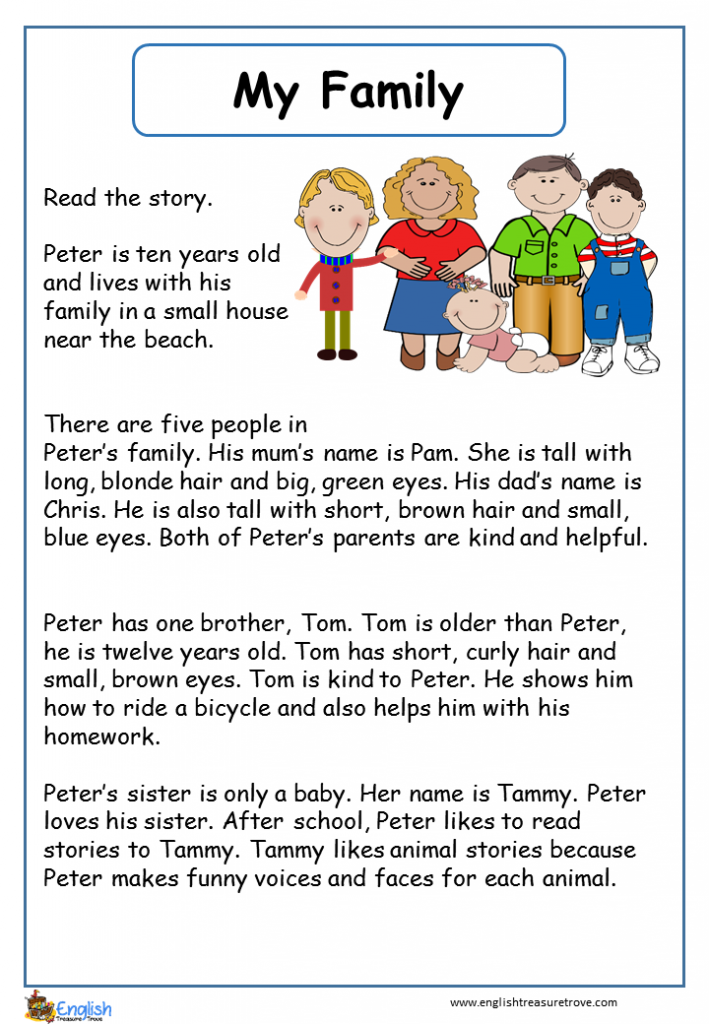
Accelerated Reader
Accelerated reader is the system I remember from childhood. Books are based on grade level with a decimal system giving each grade a scale of 10. So what does that look like?
A book could be leveled at 1.8 meaning it’s a first grade level book but the difficulty is moving towards a second grade level book. The biggest difference between Accelerated Reader system versus the other systems is that it has a computer program that quizzes children on the books they read.
This can be problematic for children struggling with reading. Quizzes can cause anxiety even in young children, and cause a negative association with reading.
For that reason, I am not the biggest fan of this particular system, but it is still very popular in the school system.
Developmental Reading Assessment
This system also starts by testing a child by reading a benchmark book. Remember, a benchmark book is a book that helps test your child’s fluency and comprehension.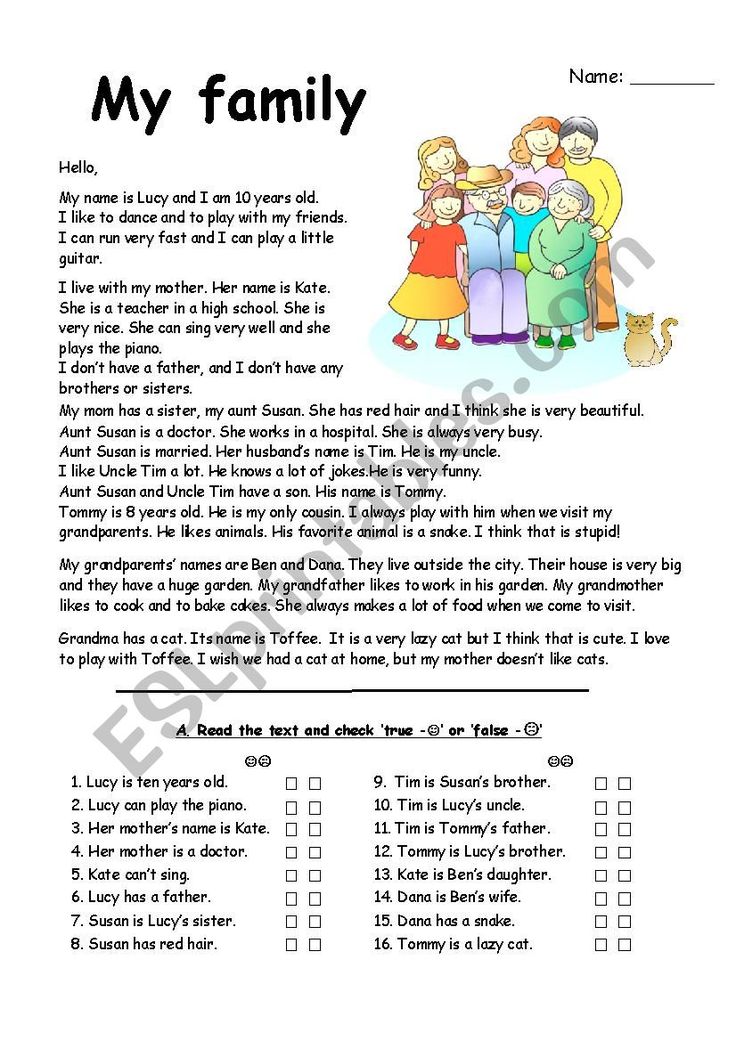
Developmental Reading Assessment (also called DRA) is a system of leveled books and tests created by Pearson (one of the most popular textbook and educational tools in the US).
I think this system is a little more confusing because it starts with a reading level labeled level A then immediately switches to numbers. So very beginning readers start with leveled A, then it switches to levels 1-80 with 80 being the most difficult.
This is also a very popular choice with school districts, so you may be used to seeing this.
This system ranks books and reading materials based on readability and how difficult it is to read them.
Lexile Measurement Levels
If your child’s reading levels look something like “200L”, then they are using the Lexile Measures system.
This system does not start with a benchmark book but with a standardized test. This system ranks books and reading materials based on readability and how difficult it is to read them.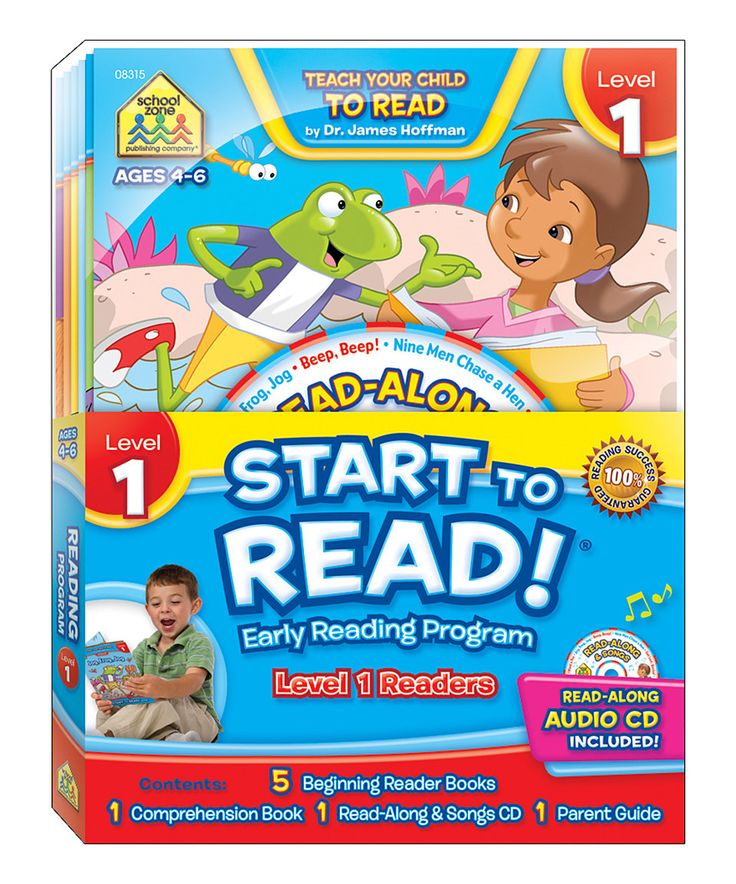
Levels for the Lexile Measuring system start with BR for beginner readers and then transition into a number like 700L for more advanced readers. Let’s be honest…this makes this system a little more confusing for us parents.
This is a less popular option for schools, but a few do use it. So I want to cover it in case you fall in this group.
What Levels Should Your Child be Reading Based on Grade?
Overall, reading levels are supposed to help with small reading groups and interventions if necessary. They also help a teacher to develop tailored instruction based on each child’s reading level.
How do you know if your child is reading on grade level based on their reading level?
I am going to break this down by grade and I am going to cover all 4 reading level systems: guided reading level (GRL), accelerated reader (AR), developmental reading assessment (DRA), and Lexile measurement levels (Lexile).
Then you can compare your child’s reading level with the reading levels for their grade to get a better understanding of where your child is with learning to read.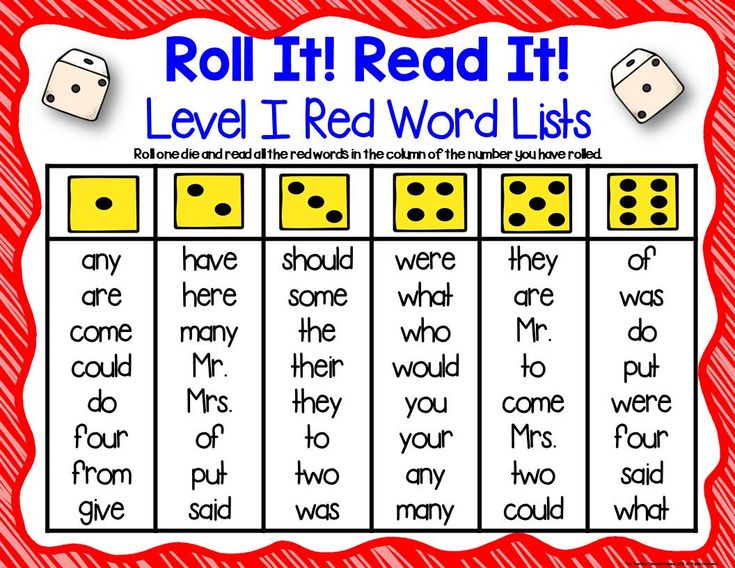
You can also notice that for all the reading level systems, except for accelerated reader, reading levels overlap between grades. So, for example, GRL reading level S could be for fourth grade or fifth grade.
Remember, your child may fall outside of these boundaries – they are just general guidelines.
Kindergarten Reading Levels
- GRL: A-C
- AR: 0.1-0.9
- DRA: A-4
- Lexile: BR40l-230L
- GRL: C-I
- AR: 1.0-1.9
- DRA: 4-16
- Lexile: BR
- GRL: I-M
- AR: 2.0-2.9
- DRA: 16-24
- Lexile: 107L-1080L
- GRL: M-P
- AR: 3.0-3.9
- DRA: 24-38
- Lexile: 415L-760L
- GRL: P-S
- AR: 4.0-4.9
- DRA: 38-40
- Lexile: 635L-950L
- GRL: S-V
- AR: 5.
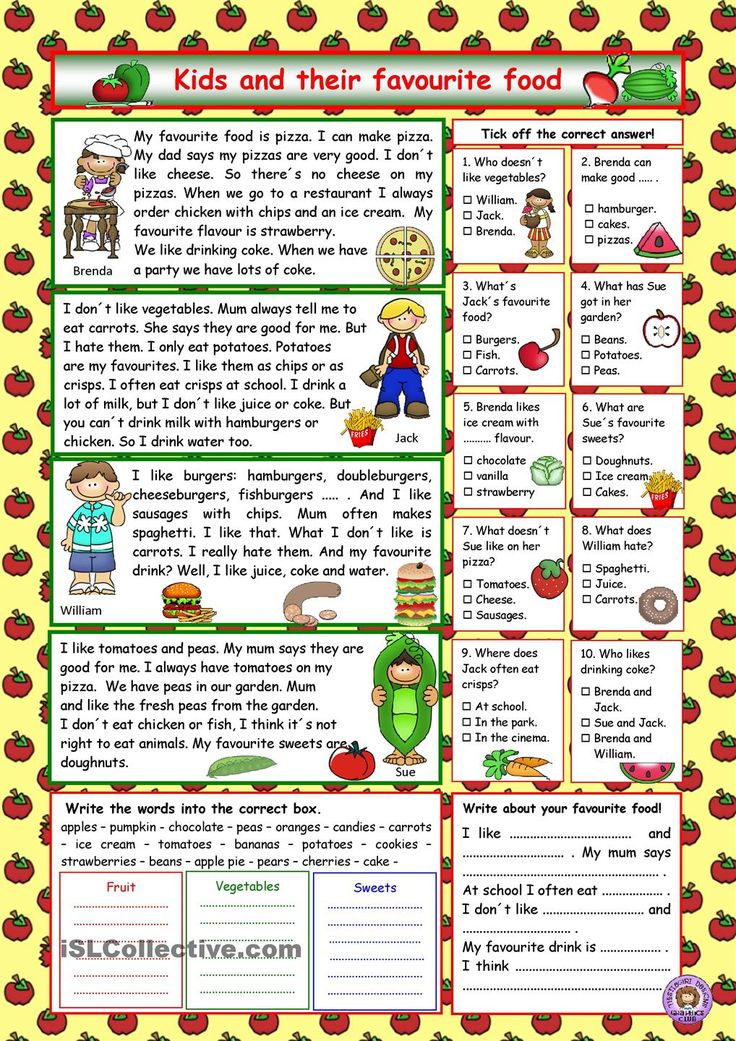 0-5.9
0-5.9 - DRA: 40-50
- Lexile: 770L-1080L
- GRL: V-Y
- AR: 6.0-6.9
- DRA: 50-60
- Lexile: 855L-1165L
What to do if Your Child is Reading Below Their Grade Level
If you are told your child is reading below grade level, it can be a gut punch. So what do you if your child is reading below grade level?
First, don’t panic. Children develop their reading skills at different stages, some children are early readers and some children take a little longer to get there. Just like some children walk early and some children walk late.
Next, just continue encouraging reading at home by reading books together and discussing what you’re reading. You can also continue to provide them reading materials they can comfortably read and enjoy.
Positivity and encouragement, along with shared reading time will go a long way!
How to Help Your Child Choose a Book to Read
So now that you know what your child’s reading level is and what that means, how can you help your child choose a book to read?
The number one factor in helping your child choose a book is to pick something they are interested in, even if it is above or below their level.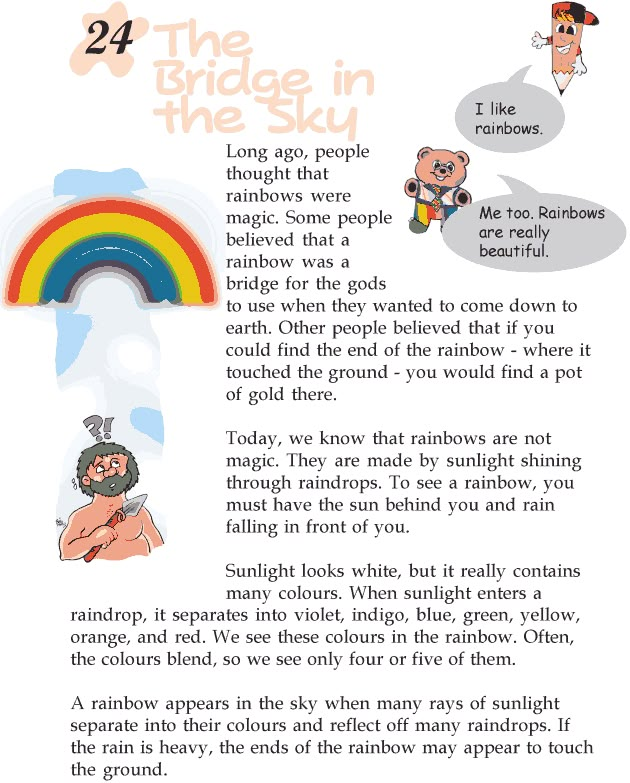
You want to foster a love for reading because it’s enjoyable. With time and practice, the skills will come! Of course, if you are truly concerned, speaking with your child’s teacher to come up with a game plan may be helpful as well.
The Takeaway
At this point, I hope you feel more confident in understanding the different reading level systems and how they are used to help your child to become a better reader.
Remember, your child’s score is not an indicator of how successful they will be and all children develop reading skills at different ages.
Just continue to nurture a love for reading with your child by providing them books they are interested in and spending time reading to them and with them. You’ve got this!
More Resources On Positive Parenting & Screen Free Kids:
- Safety Tips for Kids: Books to Reinforce Safety Rules for Kids
- Pros and Cons of Homeschooling: Weighing School Options
- 10 Ways to Limit Screentime and Raise Unplugged Kids
- Creating Screentime Rules for Summer (Free Printable)
- 10 Screen-Free Alternatives Before Bedtime
- Printable Screen time Rules Checklist for Kids (PDF)
Reading speed in children ✅ Blog IQsha.
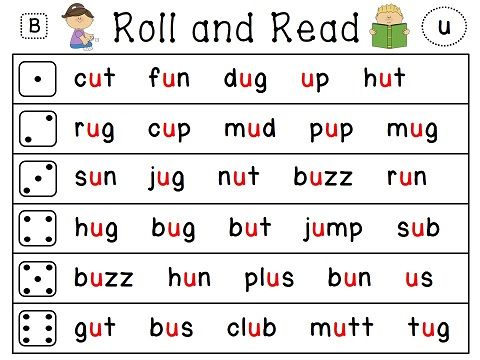 ru
ru
What affects the high reading speed? To answer this question, let's understand what it is. Fast reading suggests that the skill of putting letters into words and translating printed characters into speech is automated. So, while reading, you can think not about finding out the meaning of each individual word, but about extracting meanings from the entire text. You can think, ask questions to the text, fantasize. That's why teachers around the world don't stop at learning letters and putting them into words, but encourage children to increase their reading speed. nine0004
Do you want to study online? Start right now
So, the faster the child reads, the better he/she:
-
understands the text more successfully;
-
learns unfamiliar words more reliably;
-
performs tasks faster in the lesson;
-
learns more information per lesson..
What reading speed should be?
In elementary school, students are given a kind of reading speed test. It is believed that a child in grade 1 reads “normally” at a speed of 25 words per minute, in grade 2 - from 50 words per minute and faster, in grade 3 - from 75 and in grade 4 - from 95. A primary school graduate reads well if his reading speed approaches the speed of speech - 120-150 words per minute.
It is believed that a child in grade 1 reads “normally” at a speed of 25 words per minute, in grade 2 - from 50 words per minute and faster, in grade 3 - from 75 and in grade 4 - from 95. A primary school graduate reads well if his reading speed approaches the speed of speech - 120-150 words per minute.
“Normal” speeds are achieved by some children solely due to natural learning abilities. For some, motivation in the form of family reading or interesting texts helps. And some do not like reading as a process (like adults, for example, do not like to draw or fish) - and it will not work to achieve a combination of “speed-quality-understanding” of reading with ordinary suggestion and notations from adults. nine0004
How to improve reading speed in children? Let's separate the two goals: reading aloud and "silently". Each of these goals will have different methods and practice exercises. It should be noted that the success of classes to increase the speed of reading does not depend on the duration of these classes, but on the regularity.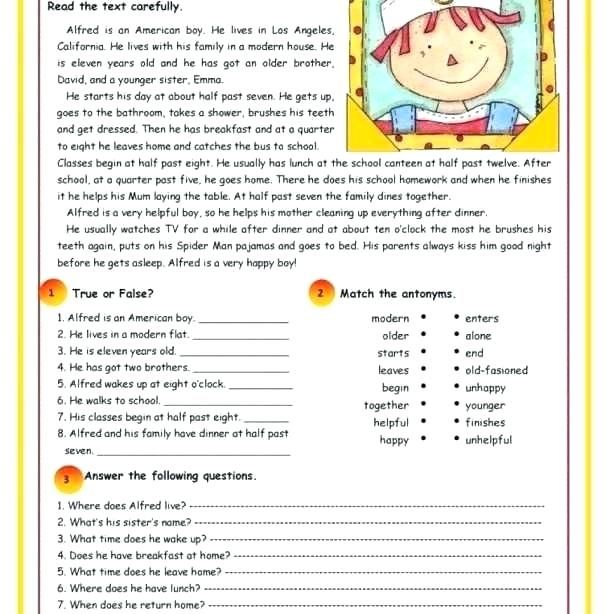 It is better to practice every day without skipping three times a day for 5 minutes than once a week for 30 minutes.
It is better to practice every day without skipping three times a day for 5 minutes than once a week for 30 minutes.
Develop your working memory
Remembering a character or word you just read is a subtle but important point in increasing your reading speed. Working memory can and should be improved, this will require special exercises. For example:
-
Visual dictation. The child considers a set of characters or reads a short text for literally 10 seconds, and then draws or writes down what he remembers on a piece of paper.
-
Schulte tables. You can find a huge number of them on the web. The meaning of working on such tables is to visually find certain symbols or to find in order the numbers that are randomly scattered around the sheet. The child must remember where on the sheet he already looked for and counted the symbol, or where this or that number was when he was looking for a completely different one. nine0004
-
Name the objects.
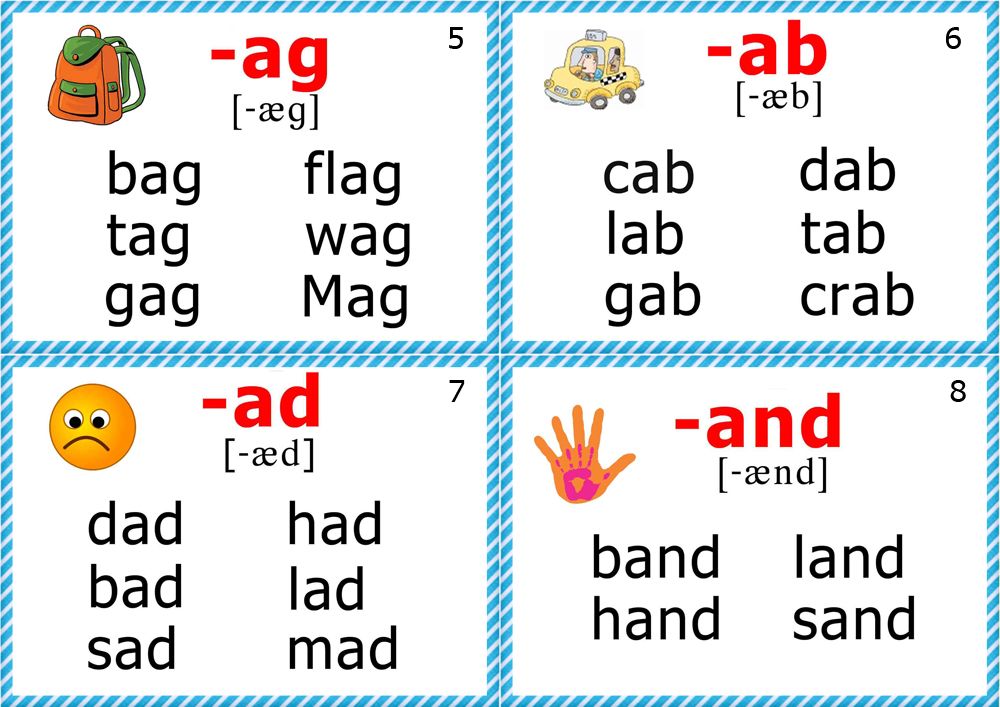 Show your child a group of real objects or picture cards, 5 to 10 pieces. Ask to turn away and name everything that the child saw and remembered.
Show your child a group of real objects or picture cards, 5 to 10 pieces. Ask to turn away and name everything that the child saw and remembered. -
Remember the figures. Draw shapes on a sheet of paper in a certain sequence and color them. Invite the child to look at the sample for 10-15 seconds, and then draw and color the figures in the same sequence on their sheet.
Complete online tasks from Aikyusha
Reading aloud speed
1. Reading with a stopwatch. Set a timer or hourglass for 1 minute and have your child read aloud. When the minute is over, you need to remember which word the child stopped on, and then start the timer again. Let the child read the same text and again remember at the end of the minute which word he stopped on. Repeat the stopwatch reading the next day. There is no need to draw any conclusions and comments, and there is no need to strive for a faster reading at this stage either. On a familiar text, automation of the reading skill will happen by itself! nine0004
2.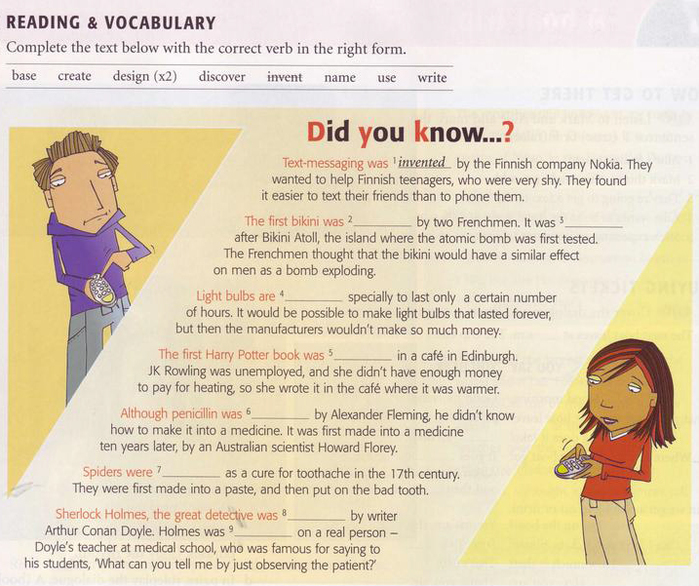 Reading tongue twisters. To get started, teach your child to quickly pronounce some simple tongue twisters by heart. When the principle “what to do with the language and everything else” becomes clear, invite the child to read unfamiliar tongue twisters - first slowly, and then several more times faster and faster. For example:
Reading tongue twisters. To get started, teach your child to quickly pronounce some simple tongue twisters by heart. When the principle “what to do with the language and everything else” becomes clear, invite the child to read unfamiliar tongue twisters - first slowly, and then several more times faster and faster. For example:
Staffordshire terrier is zealous, and black-haired Giant Schnauzer is frisky.
Beavers wander into the cheeses of the forests. Beavers are brave, but kind to beavers.
Our Polkan from Baikal lakal. Lakal Polkan, lakal, but not shallow Baikal. nine0087
3. Interrupted reading. Prepare a template from paper or cardboard with narrow vertical stripes that will cover part of the text. The task of the child is to “finish” the interrupted words to complete ones and understand the entire text. After reading through such a “cage”, be sure to ask the child to retell the text. With regular exercises of this kind, reading speed will soon increase.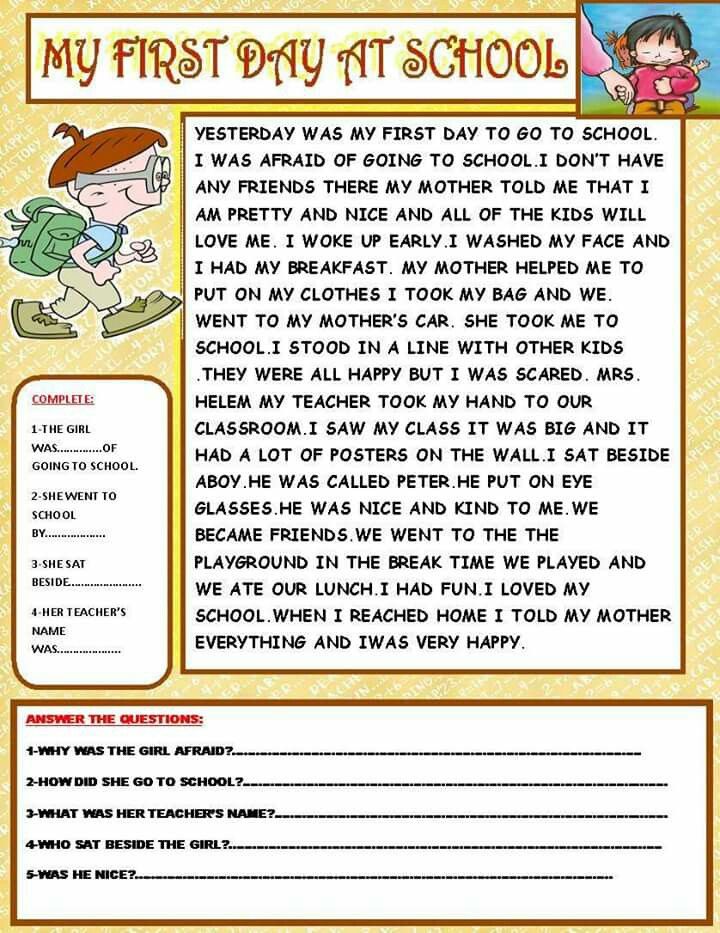
4. Lightning. The child reads one text, but according to a prearranged signal (clap, snap of fingers), his task is to read either very quickly, or more slowly. nine0003
Silent reading speed
-
Selective reading. In any text editor, write down a short text, highlight it in a certain font, make the letters large. And between the letters of this text, place small gray letters. Ask your child to read only what is written in large black letters.
-
Tug. The text is read by an adult, changing the tempo from slow to fast and vice versa. The child must follow the text with his eyes.
-
Trap. The adult reads the text, the child follows the text with his eyes. Instead of some words, an adult pronounces synonyms aloud (for example, instead of a road - a path, instead of a white one - light, etc.), the child’s task is to immediately stop the adult and point to the word that is actually printed in the text.
-
Reversed reading.
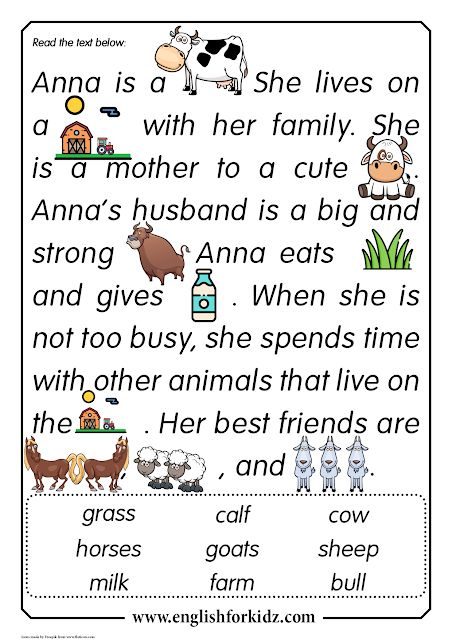 Everything is very simple: you just need to turn the book over ... and read to yourself)) After reading, ask the child to retell the meaning of the text.
Everything is very simple: you just need to turn the book over ... and read to yourself)) After reading, ask the child to retell the meaning of the text.
Would you like to study online? Get Started Now
Grade and Quarter Standards
Reading is a key skill that opens the door to the land of knowledge for a child. Thanks to this skill, children learn about the phenomena and events of the world around them, get acquainted with the characters and actions of people, meet new problems and ideas. This skill helps them to broaden their horizons and ideas about the world, develops critical thinking and trains cognitive abilities - attention, imagination, memory. Reading is the foundation for further successful learning. nine0004
To understand how well a child develops this skill, it helps to check the reading technique. Reading technique is a multifactorial test that characterizes the development of a skill from different angles. In reading technique, the following are evaluated:
- reading speed,
- reading method,
- reading awareness,
- correct reading,
- expressiveness of reading.
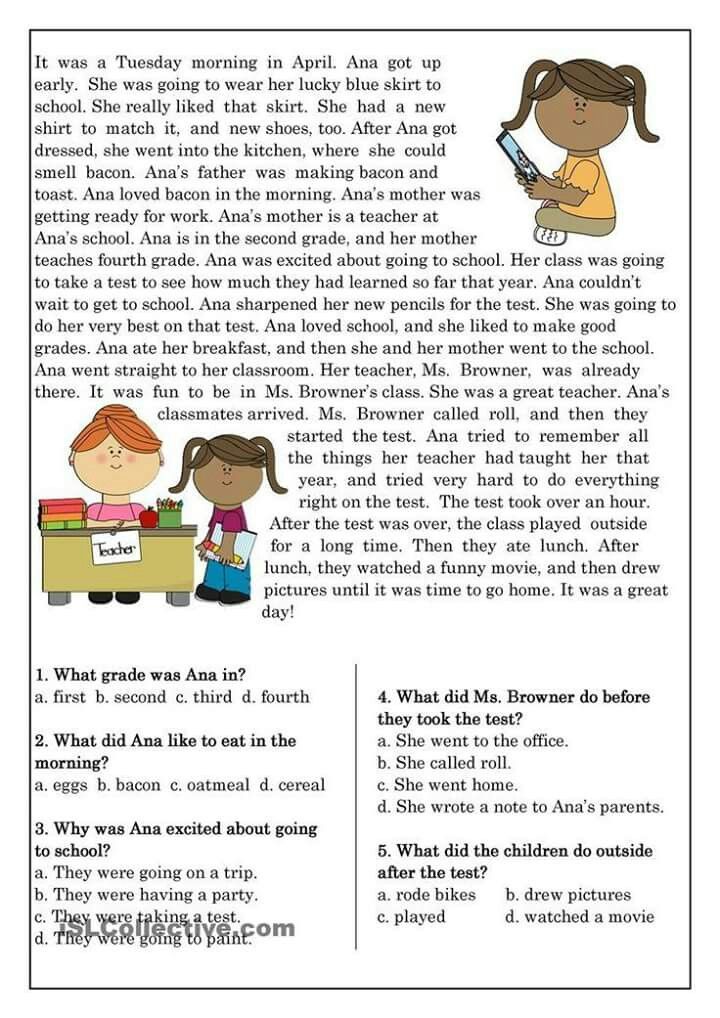
A difficult reading skill consists of both a technical and a semantic component and is aimed at achieving the main goal - understanding and assimilation of the information read. nine0004
Reading technique parameters
Let's consider all the components of reading technique in more detail.
- Reading speed is the number of words read in a certain period of time. Often, parents focus on the formation of fluent reading, while the child makes many mistakes, does not understand and does not remember what he read. It is not necessary to force only speed, slower conscious reading and a gradual increase in tempo are better than fast mechanical reading with errors and inaccuracies. nine0017
- Way of reading — syllabic reading or reading the whole word, smoothly. With the development of the skill, the child has a gradual transition from syllabic reading to smooth reading in whole words.
- The correct reading of is characterized by the absence of errors and hesitation.
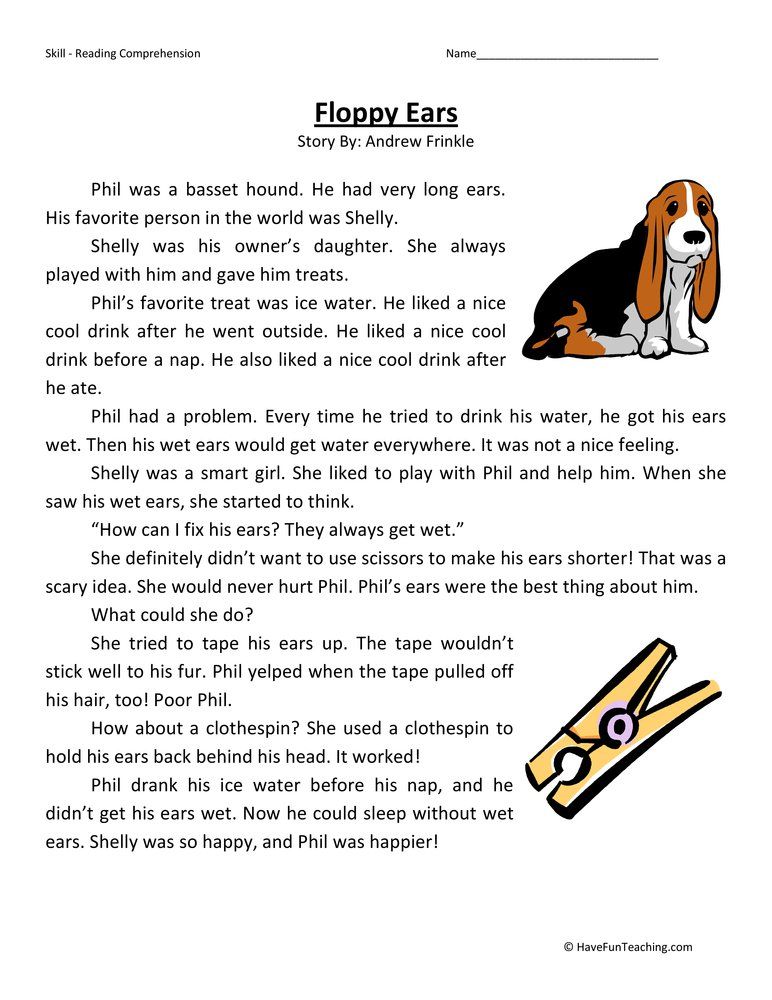 Inattention, problems of diction lead to inaccurate reading, indistinct articulation and, as a result, to a distortion of meaning. Pay attention to the correct reading - this will be the key to competent writing. nine0017
Inattention, problems of diction lead to inaccurate reading, indistinct articulation and, as a result, to a distortion of meaning. Pay attention to the correct reading - this will be the key to competent writing. nine0017 - Reading awareness involves reading comprehension, awareness of the idea and meaning of the text, and in the future - this is the ability to catch the subtext, humor, irony, the author's attitude. Interfering with reading comprehension can be low reading speed, distorted reproduction - guessing words, changing the shape of words, not reading endings.
- Reading expressiveness - the use of pauses, finding the right intonation, the correct placement of stresses. The expressiveness of reading is inextricably linked with awareness. When understanding what is read, it is easier for the child to observe the necessary pauses, select the correct intonation and place logical stresses. nine0017
Reading speed standards for elementary school
GEF standards determine the desired reading speed for a child at a certain point in learning, help to understand whether the development of a skill is successful or whether additional attention is required.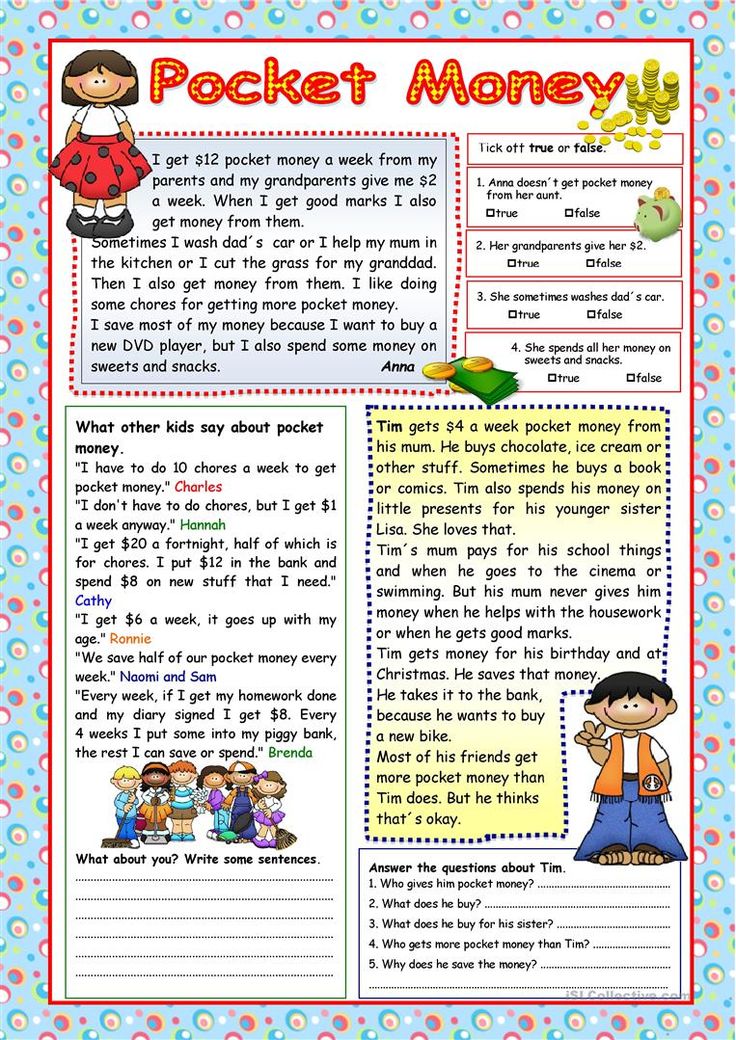 Standards - indicative values; it is important to take into account the individual psychophysiological characteristics of each child and evaluate the growth of his personal indicators.
Standards - indicative values; it is important to take into account the individual psychophysiological characteristics of each child and evaluate the growth of his personal indicators.
Grade 1 reading speed standards
Reading speed standards in grade 2
Reading speed standards in grade 3
Reading speed standards in grade
9000Reading speed, for which the lead schools, is reading at the speed of conversational speech, 110-120 words per minute. The human articulatory apparatus has adapted to this speed over time. And most importantly, the reading should be conscious, correct, expressive. nine0004
Other parameters of reading technique
Grade 1
At the end of the first half of the year. Reading is smooth syllabic, conscious and correct, with a clear pronunciation of syllables and words.
At the end of the second half of the year.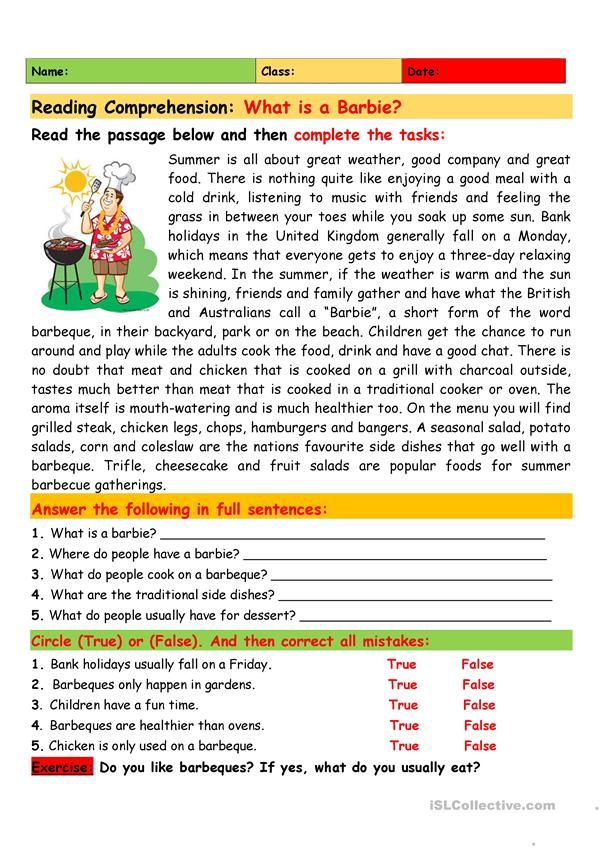 Reading is conscious, correct, simple words are read as a word. Words with a complex syllabic structure can be read syllable by syllable.
Reading is conscious, correct, simple words are read as a word. Words with a complex syllabic structure can be read syllable by syllable.
Grade 2
At the end of the first half of the year. Reading consciously, correctly, in whole words. Compliance with logical stresses. Compound words can be read syllable by syllable. nine0004
At the end of the second half of the year. Reading meaningful, correct, in whole words. With observance of logical stresses, pauses and intonations. Syllabic reading is undesirable.
Grade 3
At the end of the first half of the year. Reading consciously, correctly, in whole words. With observance of pauses and intonations, with the help of which the child expresses an understanding of the meaning of what is being read.
At the end of the second half of the year. Reading consciously, correctly, in whole words. With observance of pauses and intonations, through which the child expresses understanding of the meaning of what is being read.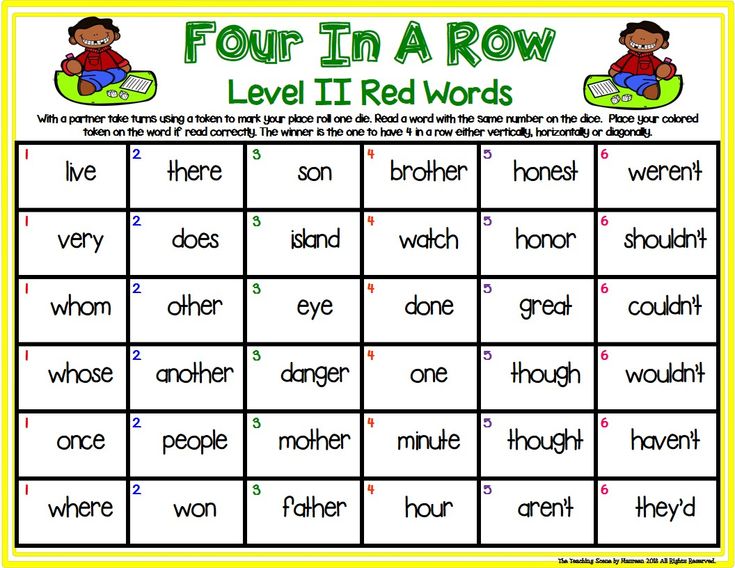 nine0004
nine0004
4th grade
At the end of the first half of the year. Reading consciously, correctly, in whole words. With the help of observed pauses and intonations, the child not only expresses an understanding of the meaning of what is being read, but is able to express his attitude to what he has read.
At the end of the second half of the year. Reading consciously, correctly, in whole words. With observance of pauses and intonations, through which the child expresses an understanding of the meaning of what is read, and his attitude to the content of what is read. nine0004
How can I test my child's reading skills on my own?
Have your child see how well they read already. Children usually love to know how many centimeters they have grown, and they may also be interested in knowing their progress in reading. Warn about the upcoming test and ask the child to read quickly.
The control of reading technique in sensitive children who, due to their temperament, can hardly tolerate various tests, can be carried out imperceptibly or in the form of a game.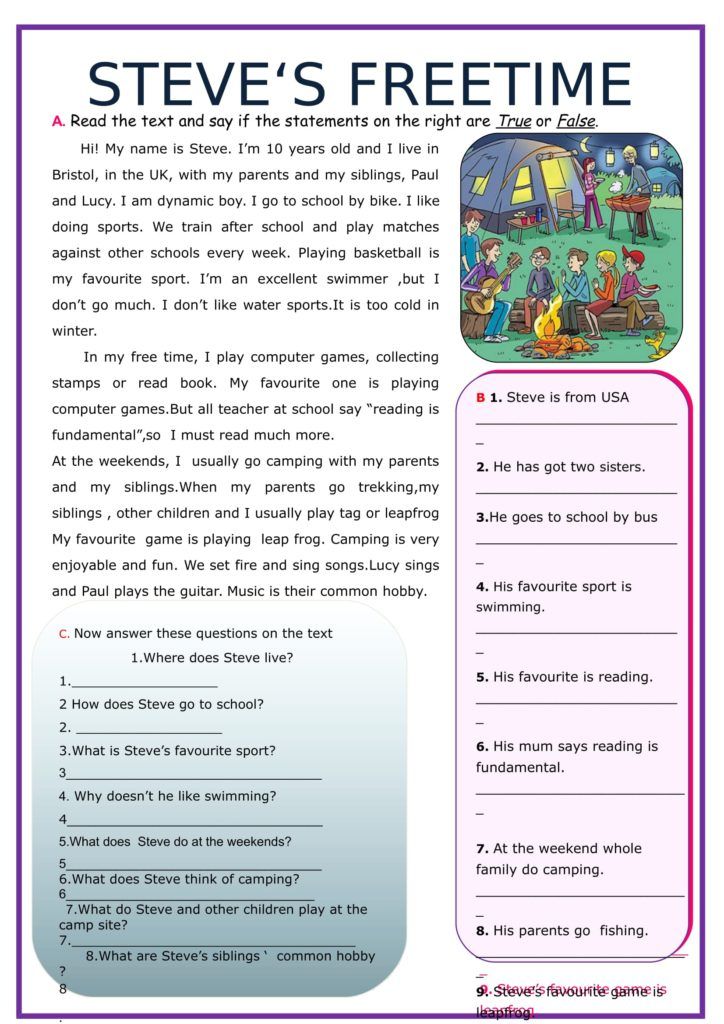 Do not create unnecessary excitement around the upcoming test, do not arrange a test in the form of an exam. If the child is worried, stutters, transfer control to another time. nine0004
Do not create unnecessary excitement around the upcoming test, do not arrange a test in the form of an exam. If the child is worried, stutters, transfer control to another time. nine0004
Verification process:
- Prepare a watch with a second hand or use the stopwatch on your phone, and choose the appropriate text.
- Ask the child to take a seat.
- Show him the text and ask him to read it aloud.
- Track the time from the moment your child starts reading. Not all children are able to immediately start reading on command, which leads to inaccurate results.
- Usually, one minute is noted for checking, but some experts recommend taking 2 minutes for monitoring, since not all children are equally quickly included in the work. Divide the result obtained in 2 minutes in half. nine0017
- When reading, do not correct or interrupt. It is better to discuss the mistakes made after the child has finished reading.
- Evaluate the speed, correctness, awareness and expressiveness of reading.
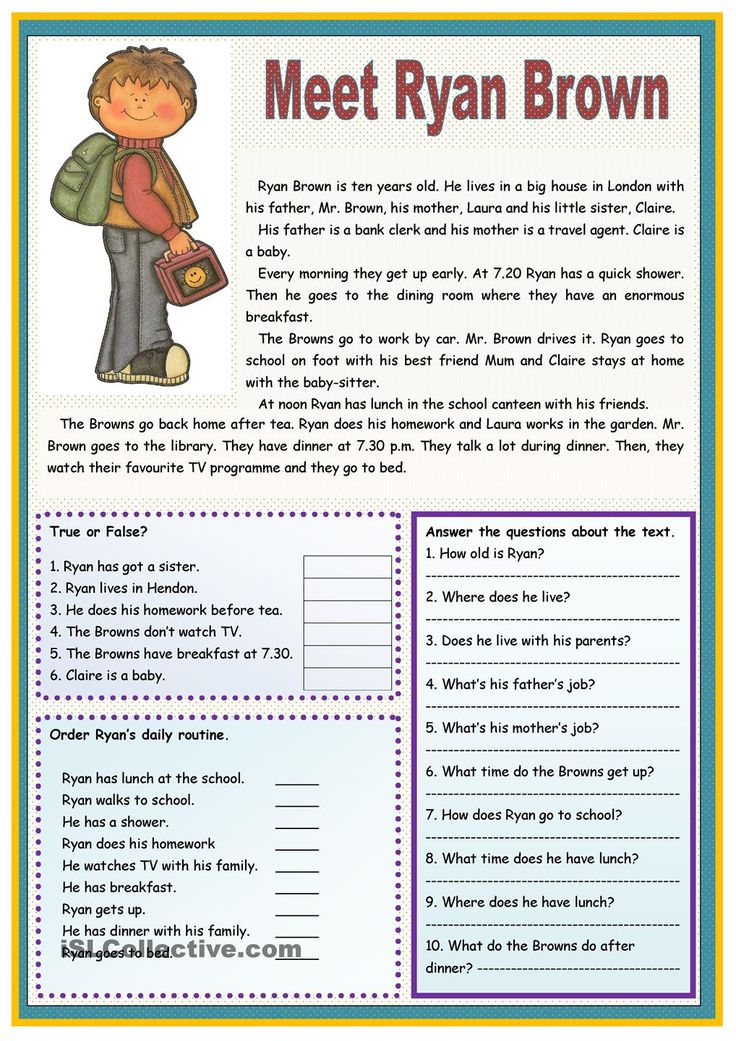
- Retest and compare results. Reading technique may differ depending on the child's fatigue, health status and mood.
Which text is suitable for verification?
Both fiction and non-fiction texts appropriate for the child's age are suitable for this purpose. The text should be unfamiliar, but understandable to the child, have educational and educational value. The texts of V. Bianchi, L. Tolstoy, N. Nosov, B. Zhitkov, K. Ushinsky, V. Dragunsky are suitable. The text for verification can be found in special manuals or in a textbook on the Russian language and literature. nine0004
You should find the text that is located on the spread of the book so that the child does not have to waste time turning pages. Choose text without an abundance of punctuation marks and distracting illustrations. It is not desirable that the passage contains common complex sentences and dialogues. The font must be large enough and legible. The text should not have a technical focus and contain terms incomprehensible to the child.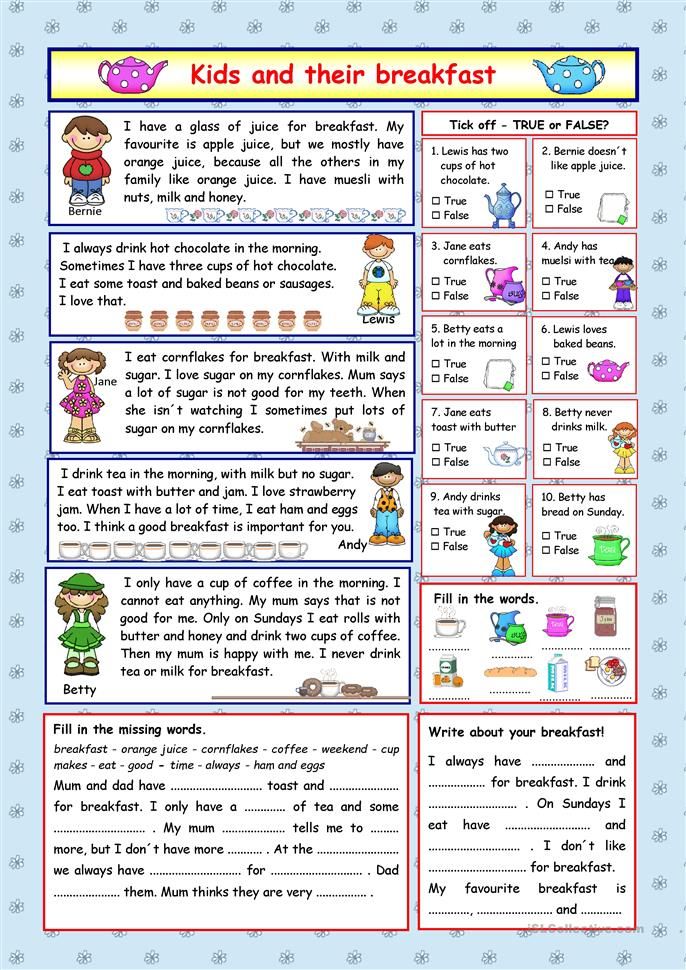
Test score
Speed score
Count how many words the child read in one minute. When counting words, pay attention:
- prepositions, conjunctions, particles of 1-2 letters are counted as one word;
- when wrapping, the word is counted as 2 words;
- if the word is written with a hyphen, look how many letters are on both sides of the hyphen: if there are more than three, we count it as 2 words, for example, "long, long", if less than three, for example, "somehow", - as one .
Compare your score with the recommended range and your child's previous performance. nine0004
Comprehension score
Determine how well the child understood what they read. If the student reads slowly and has read only a couple of sentences, let him read the passage to the end. Ask your child a few questions about the text. Ask what or who he read about. Ask the child to identify the main idea of what they read and retell the text.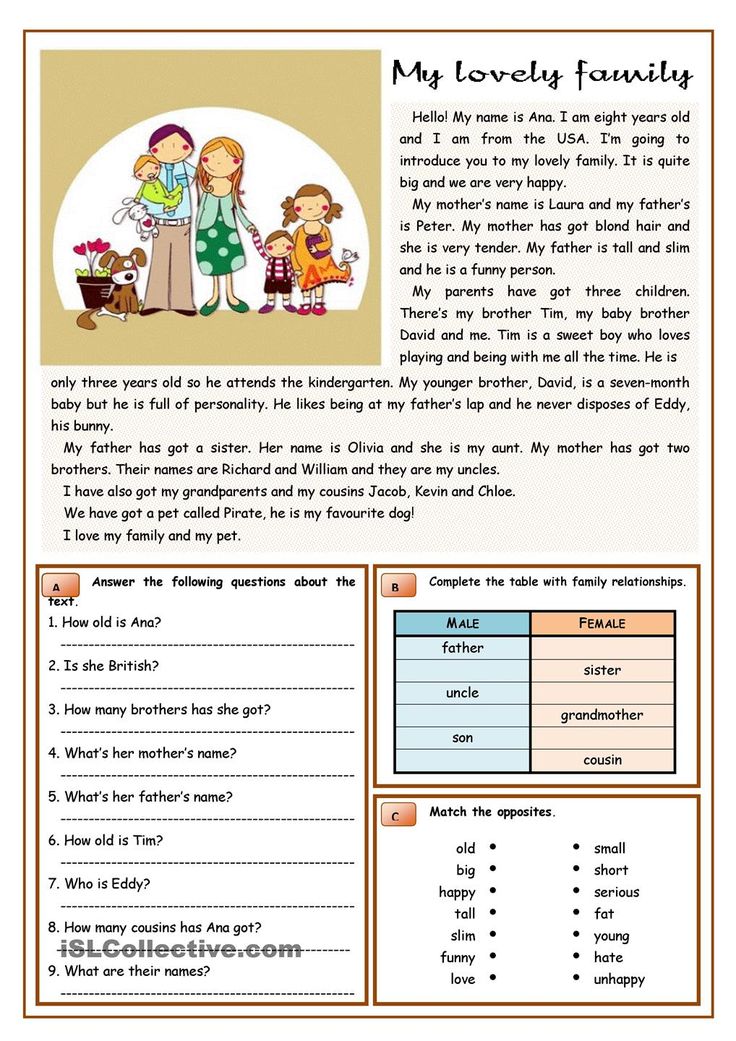
For a deeper check of the meaning of the reading and learning, use special teaching kits. nine0004
Correctness assessment
Pay attention to whether the child reads what is written correctly, whether he pronounces words clearly, whether there are hesitations and corrections, whether he alters words, whether he changes endings, whether he places stresses correctly. Discuss the mistakes with the student.
Evaluation of expressiveness
To assess the expressiveness of reading, the child is offered a familiar text. Listen to whether the child observes pauses and other punctuation marks, whether he changes intonation, whether he highlights the main idea. nine0004
Improving reading technique
Poor results in reading technique are not a reason to be upset, but only a signal that additional efforts need to be made to improve the skill. You can work with the child on your own or contact a specialist who will analyze the weak points and select the appropriate exercises.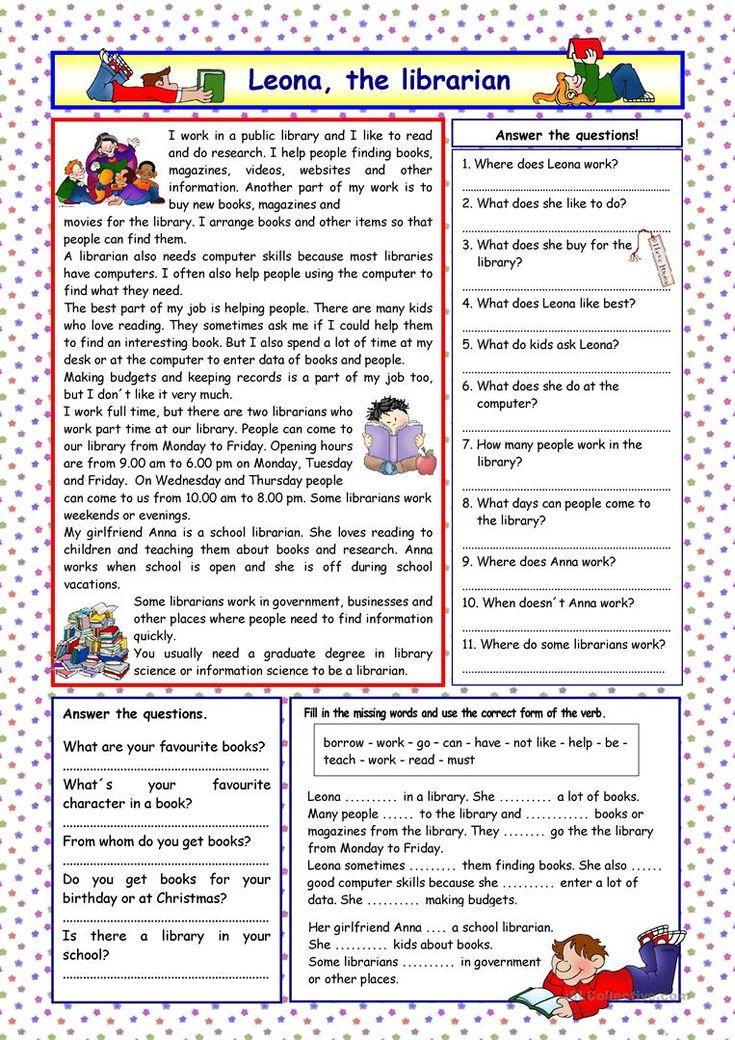 Conduct additional activities with the child in the mode of "sparing reading" without pressure. It is more important to observe the regularity and frequency of classes: 10-20 minutes daily. nine0004
Conduct additional activities with the child in the mode of "sparing reading" without pressure. It is more important to observe the regularity and frequency of classes: 10-20 minutes daily. nine0004
How can you motivate your child to read:
- Reward your efforts with stickers, stars.
- Mark progress visually - create a progress board so your child can visually see their progress
- Conduct activities in the form of a game, such as "going to the library" or "reading to your favorite toys."
- Choose books and texts that are interesting for your child.
- Let the child read to the pets, they are grateful and accepting listeners. Reading to them, the child is not afraid to make a mistake, he relaxes and overcomes the fear of failure. nine0017
- Have a reading competition between peers and siblings.
To improve the speed of reading will help:
- Reading by syllabic tables.
- Multiple reading.
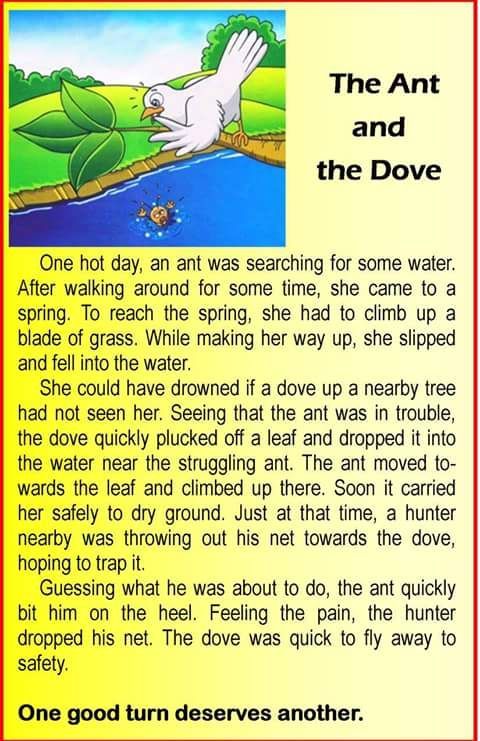 Read the same text several times, increasing the pace. From the second time the child will be able to read faster.
Read the same text several times, increasing the pace. From the second time the child will be able to read faster. - "Tug". An adult leads a finger along the line, setting the pace. The child tries to read at a given pace.
- Tops and roots. The child reads the words, covering the upper or lower half of the letters with a ruler. nine0017
- Reading in a book turned upside down.
- Lightning. Alternating reading at a comfortable pace with reading at the highest possible speed for 20 seconds on the command "Lightning!".
- "Sprint". Reading speed competition between classmates.
- Work on expanding the field of view according to Schulte tables.
- Reading with a window to eliminate "regression" - recurrent eye movements that lead to repeated reading.
For correct reading:
- Work on clear diction, do articulation exercises.
- Read tongue twisters and tongue twisters.
- Invite the child to correct the deformed sentences: “The weather is good on the street”.
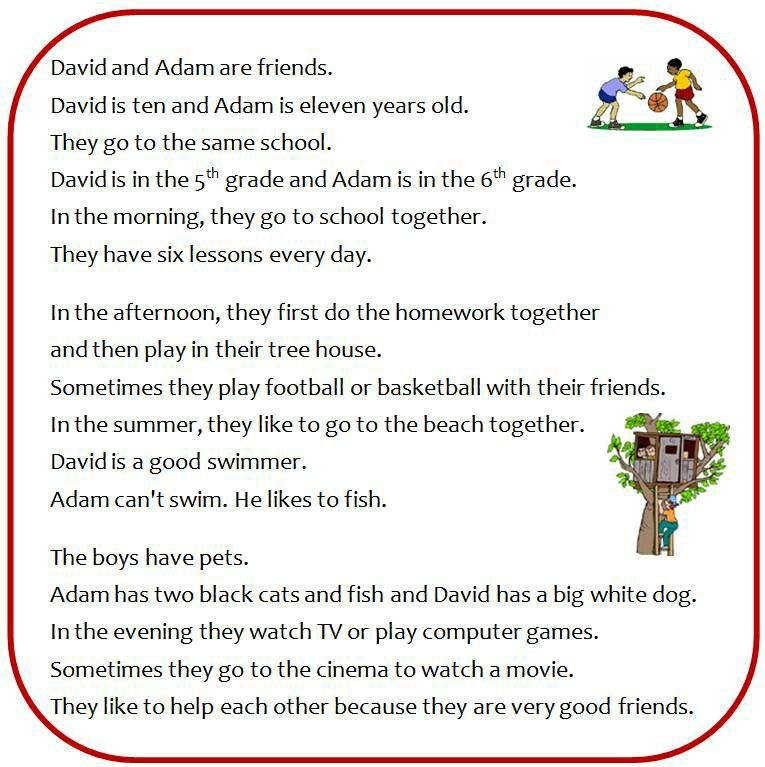
- "Imaginary word". When reading, the wrong word is pronounced, the child must correct it.
For reading comprehension
- “Reading in a wave”. First, the child reads aloud, then retells what he read. nine0014 Drawing up a plan for reading.
- The student reads to himself at a comfortable pace, tells what he understood and felt, what he thought about
- Discuss unfamiliar words and expressions.
- Invite the child to draw a picture of the passage they read.
- Ask them to tell you what they liked about the text, what they remember.
For expressive reading
- Role-playing, staging.
- Put on a "radio show". nine0017
- Expressive recitation of poems.
- Voice flexibility training. The ability to speak quieter-louder, higher-lower.
- Conducting reading indicating the tone or strength of the voice.
- Live Picture. One reads, the other reacts with facial expressions.
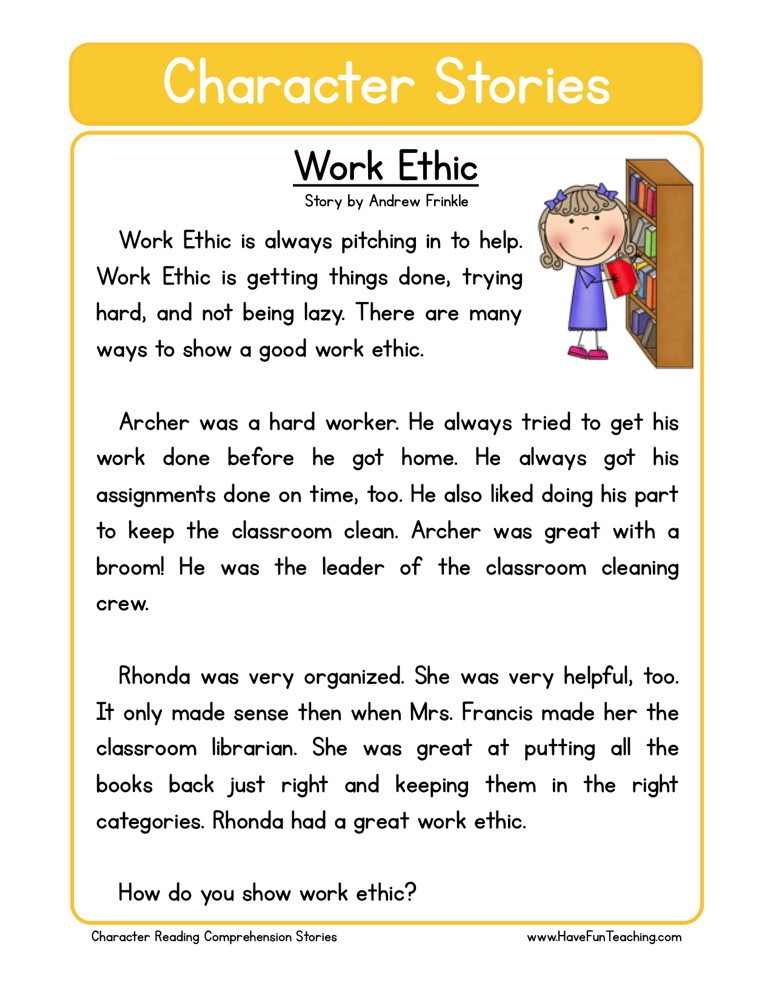
Learn more

